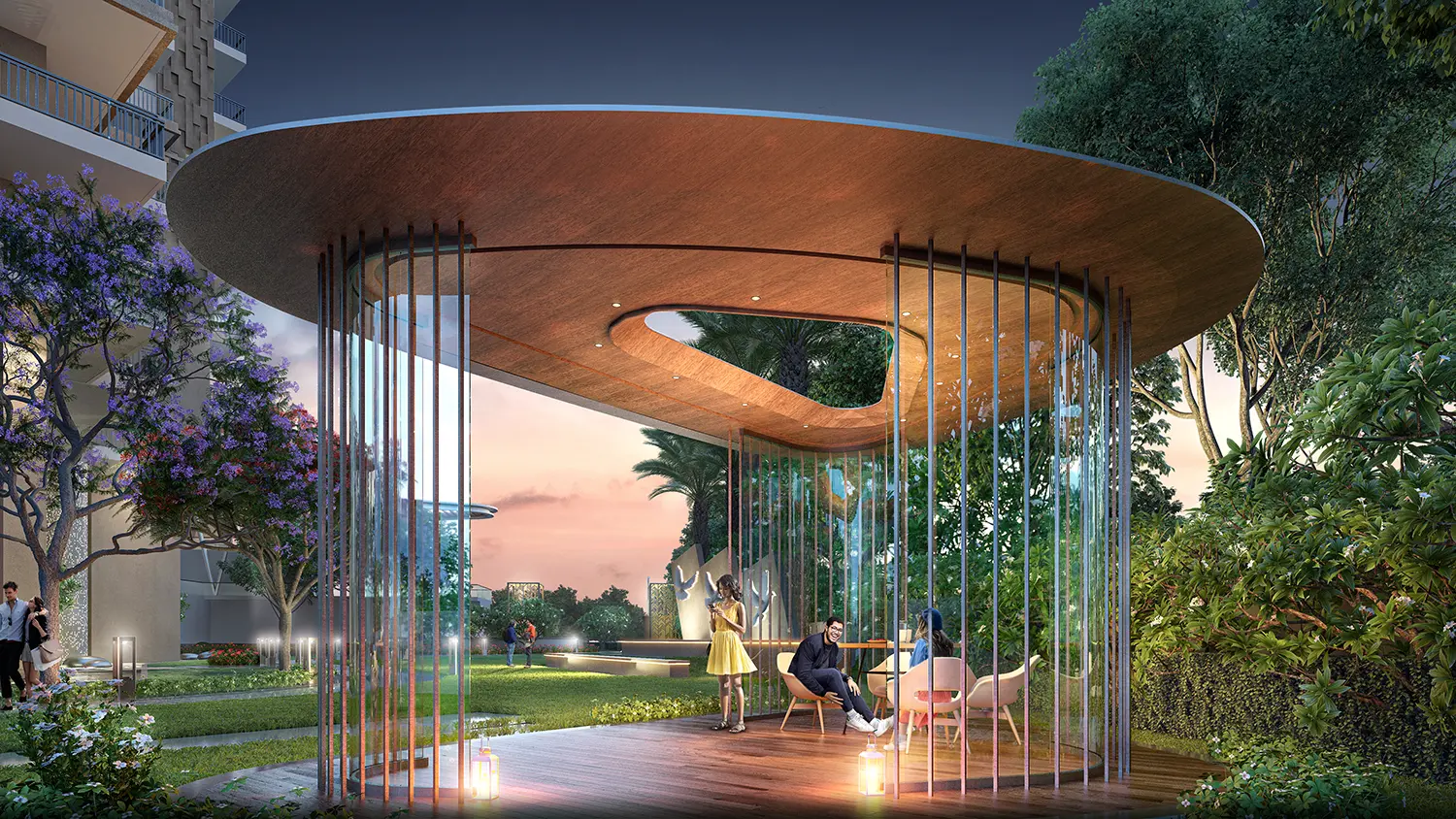

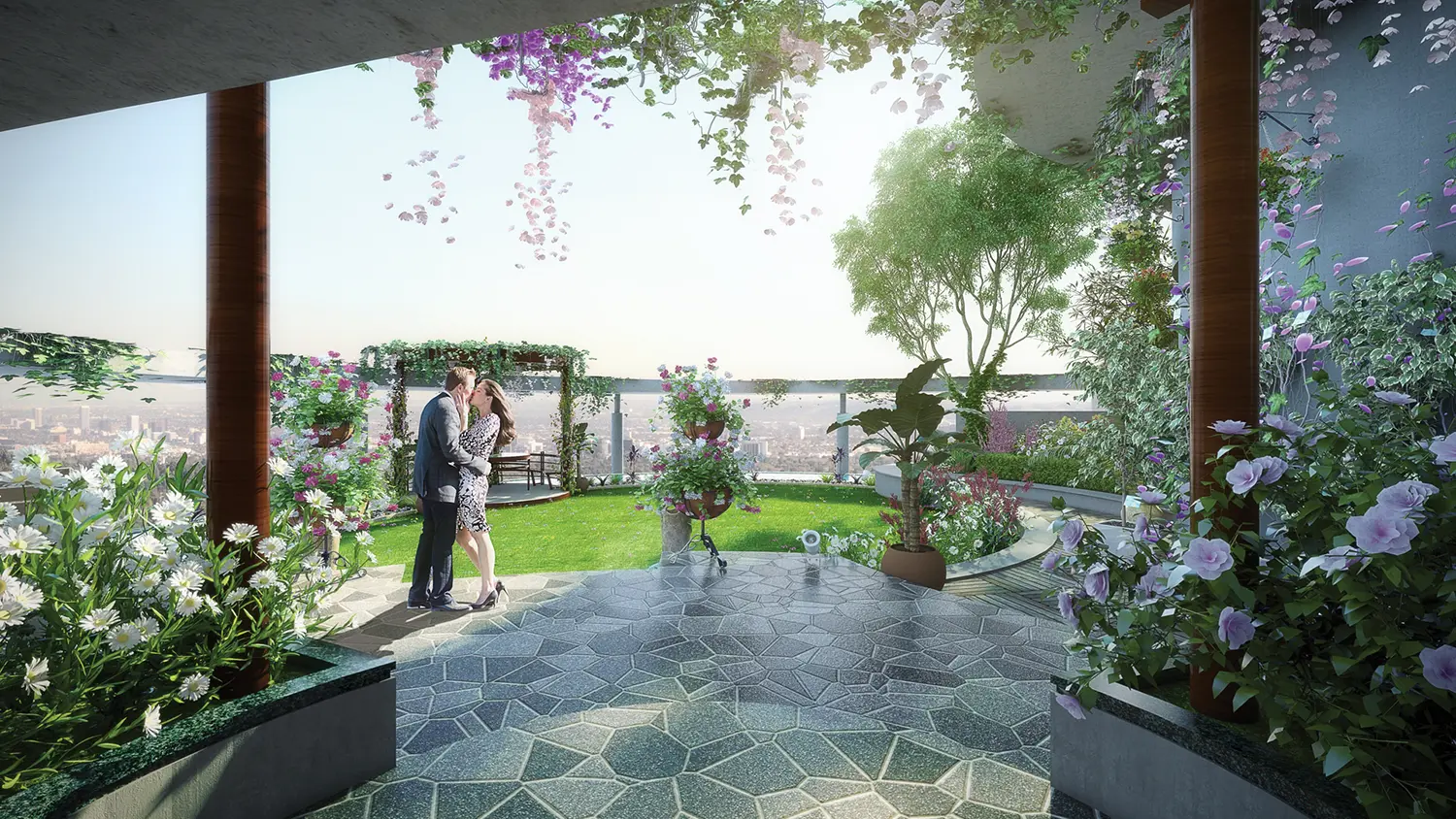

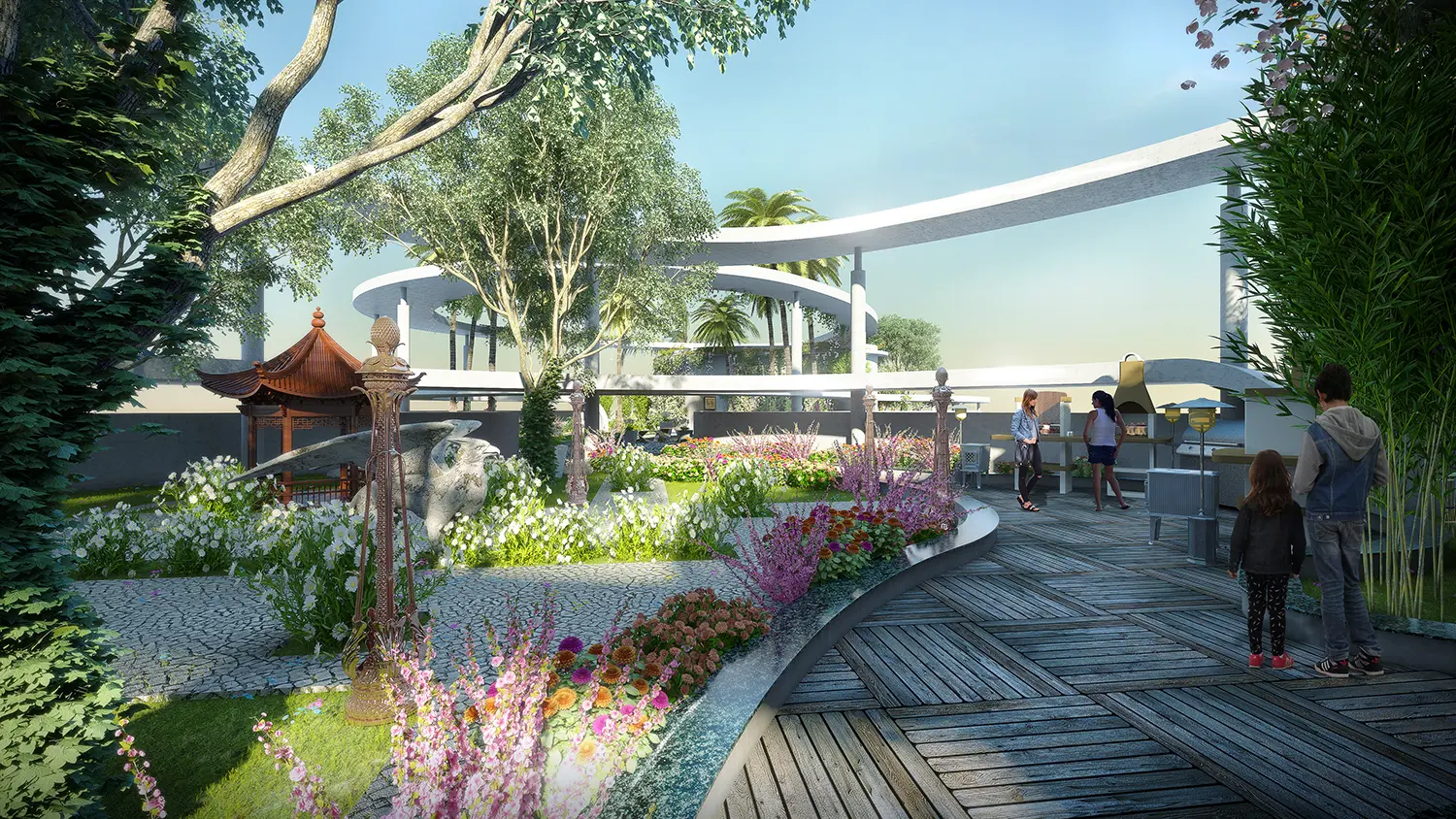

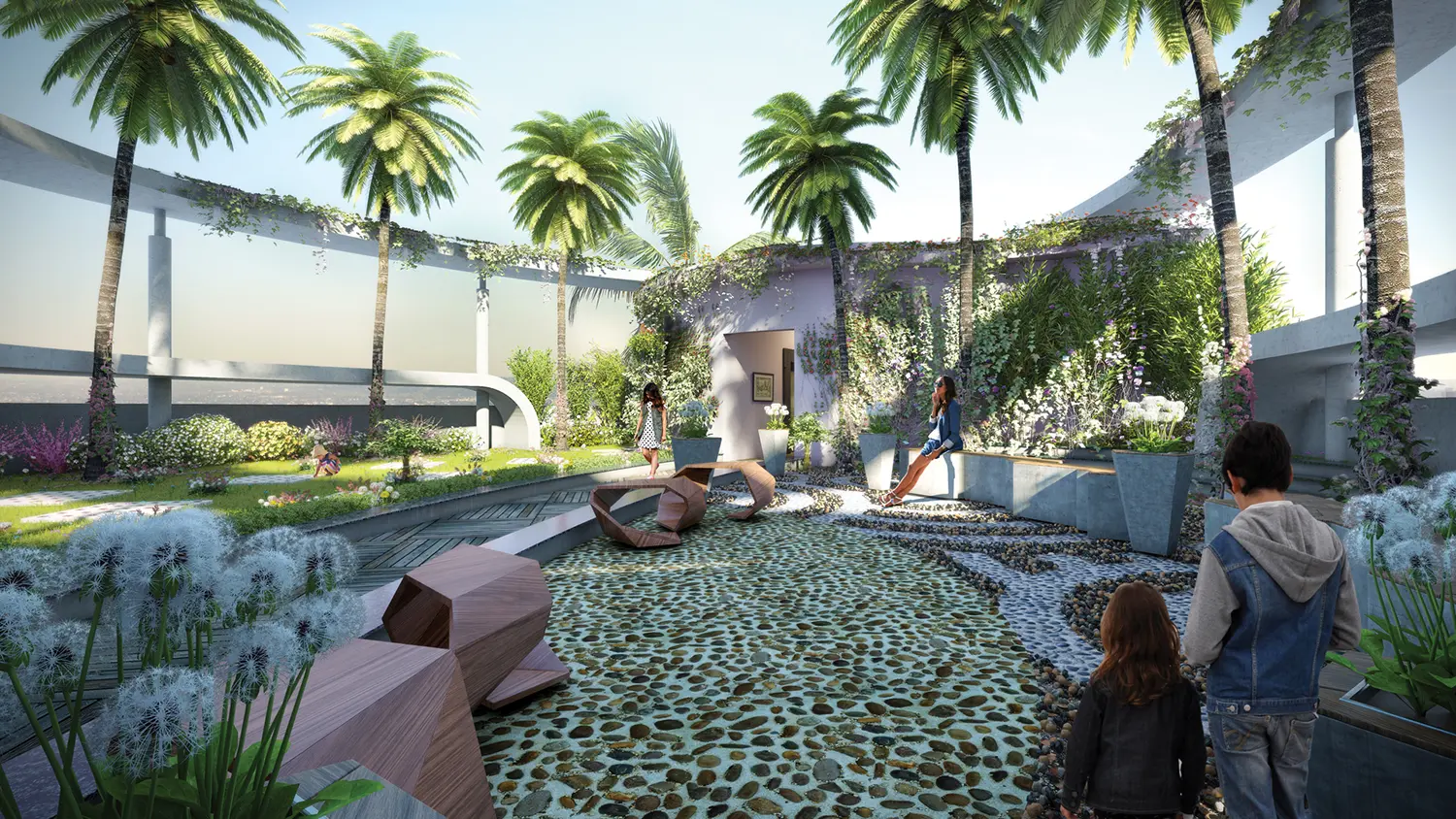

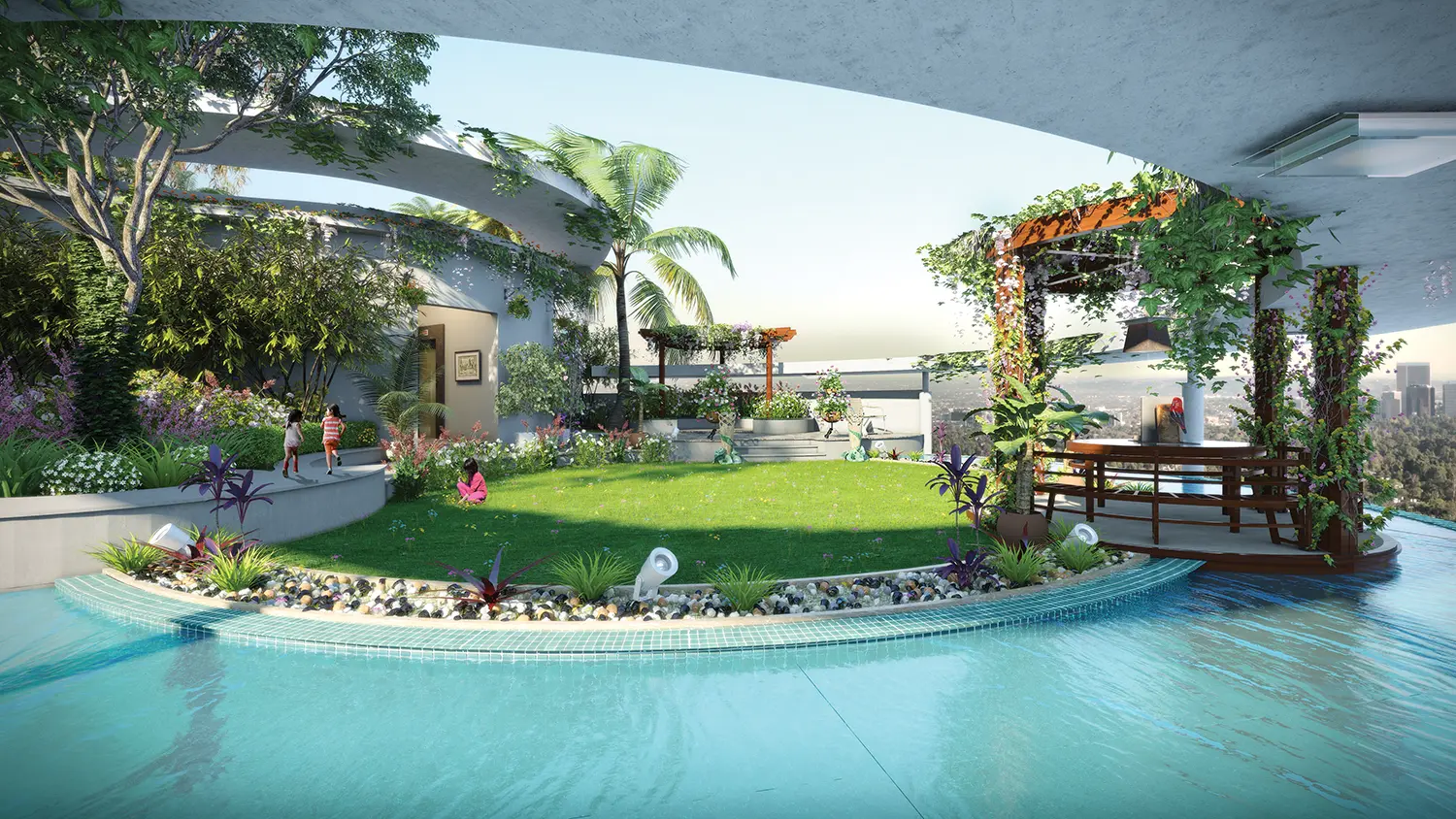

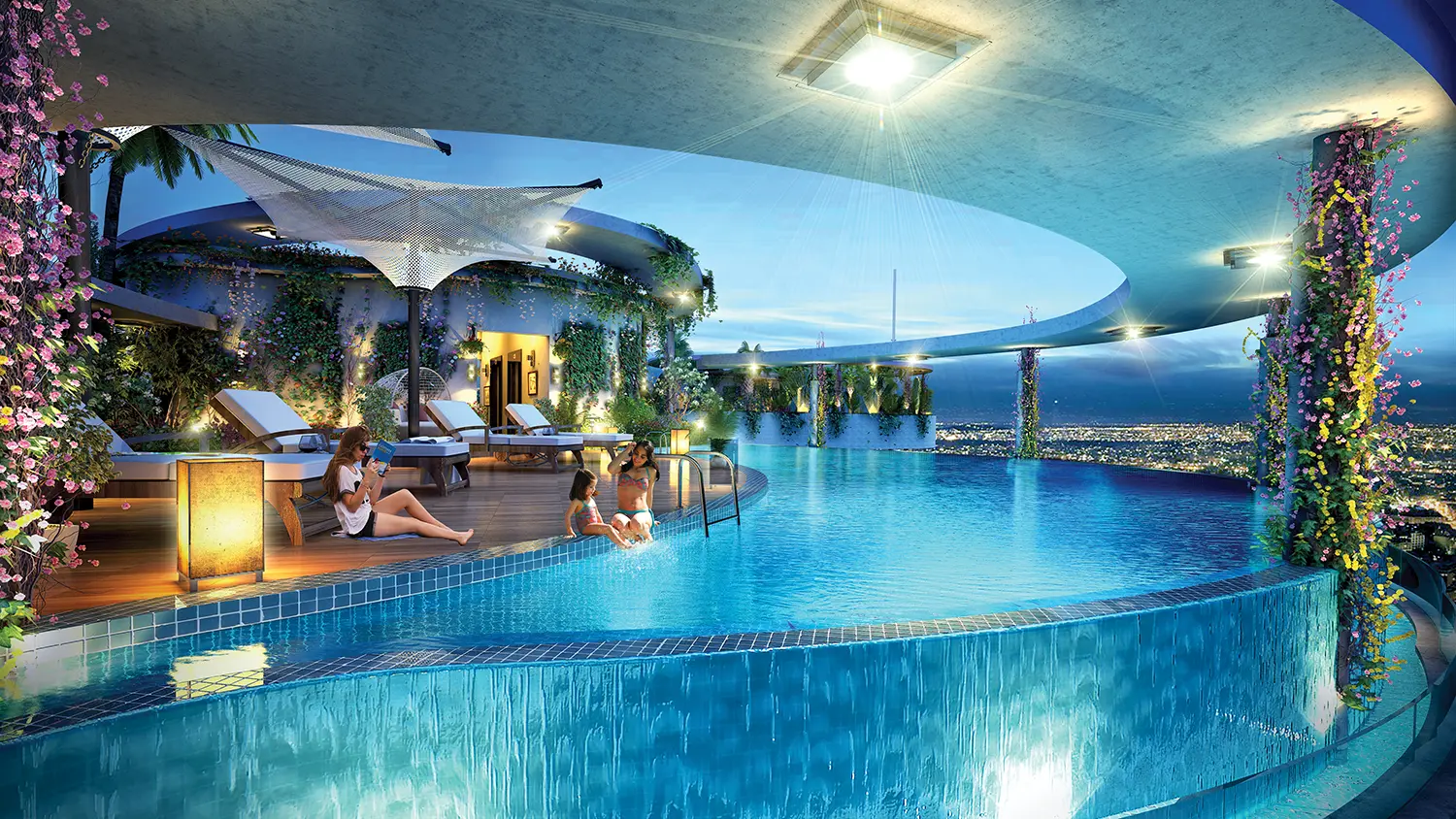

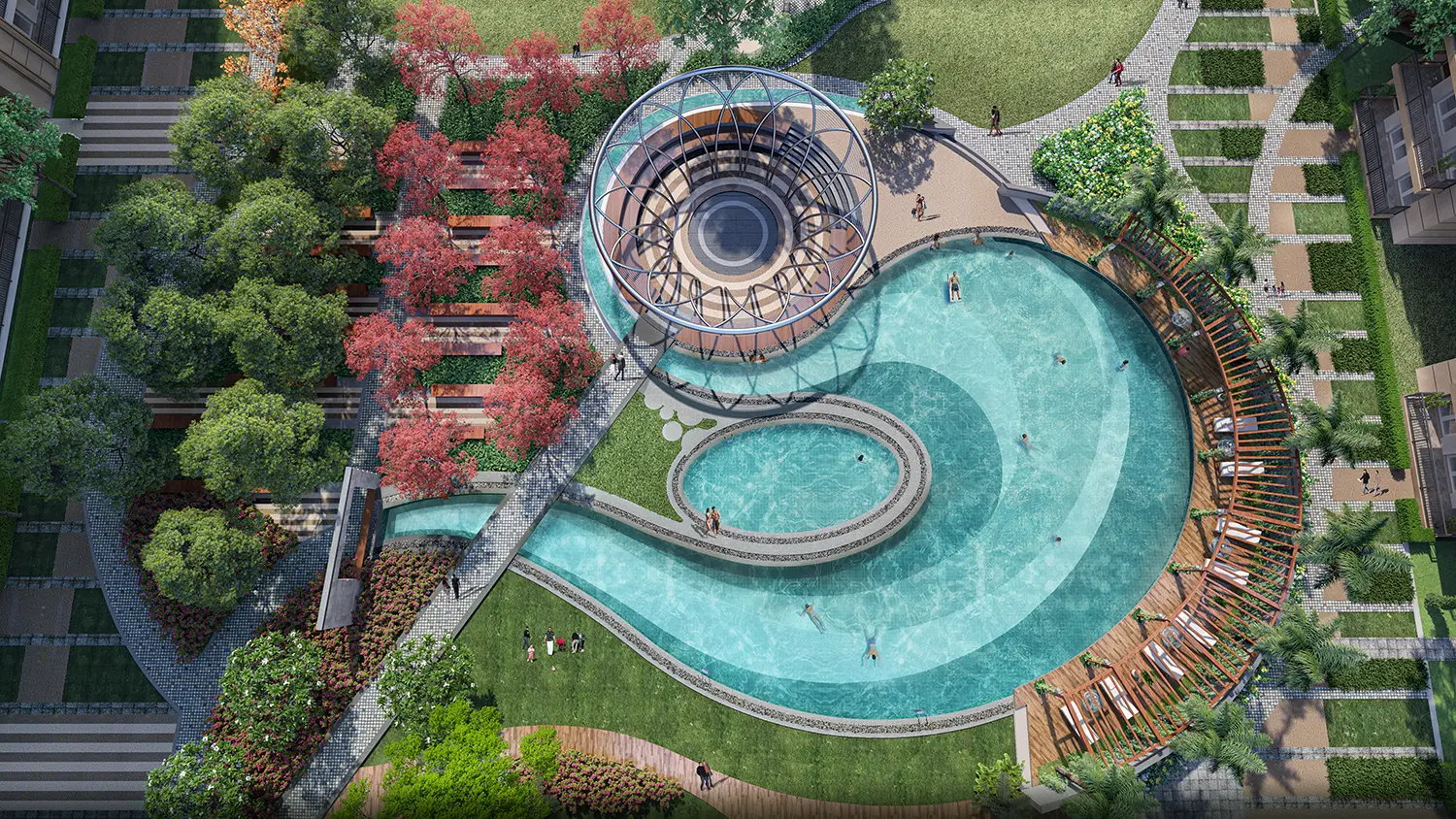

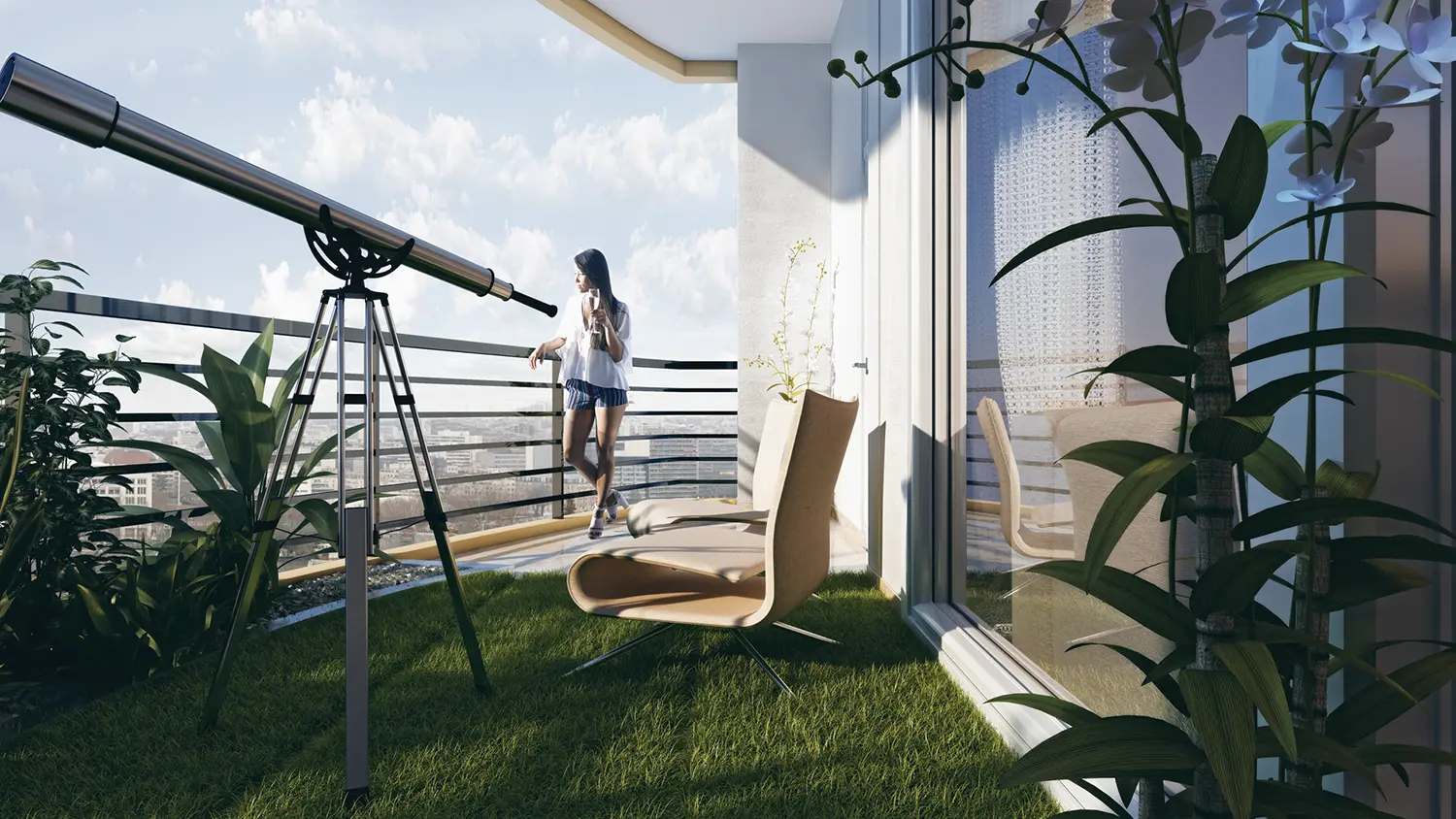

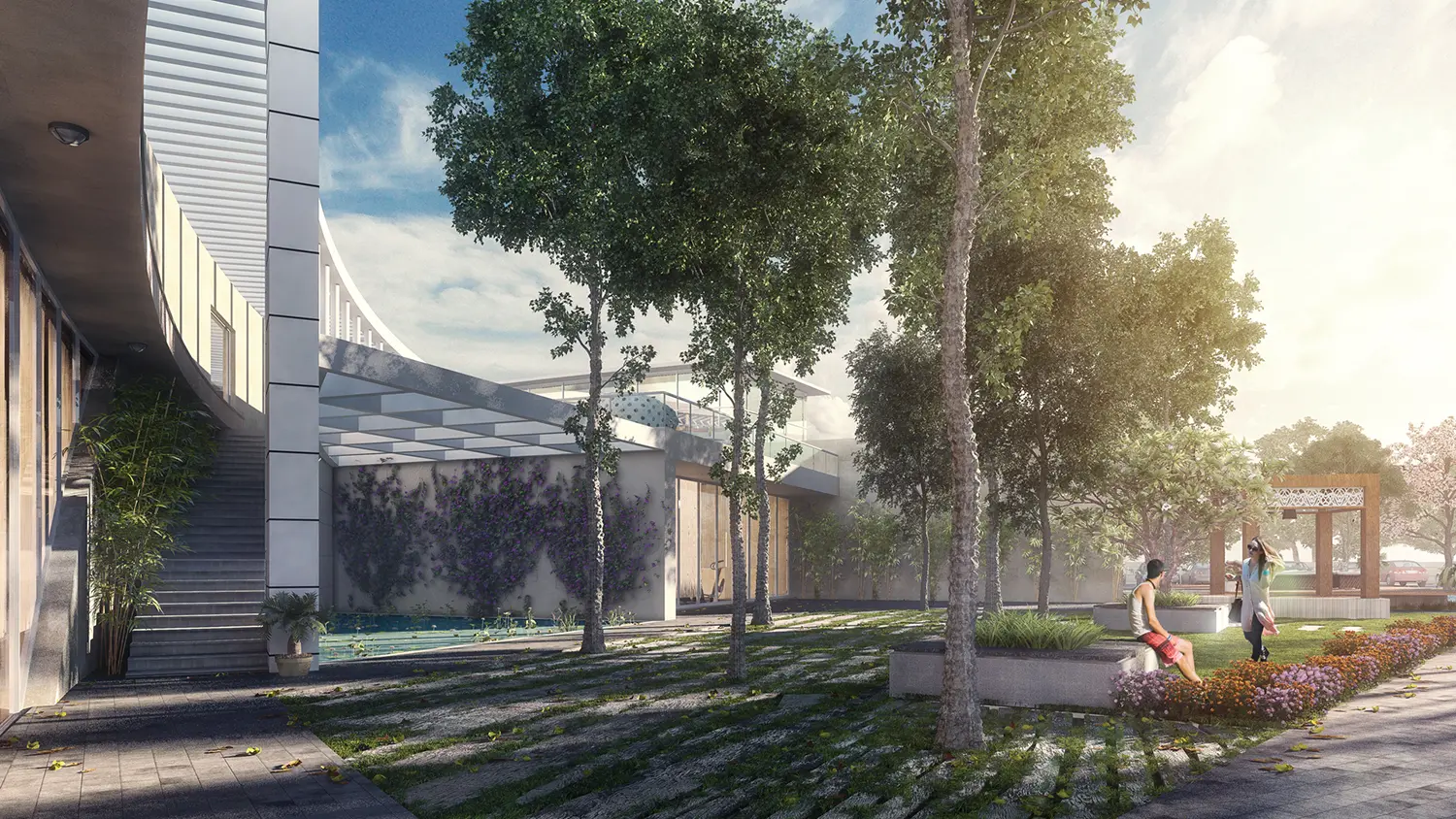

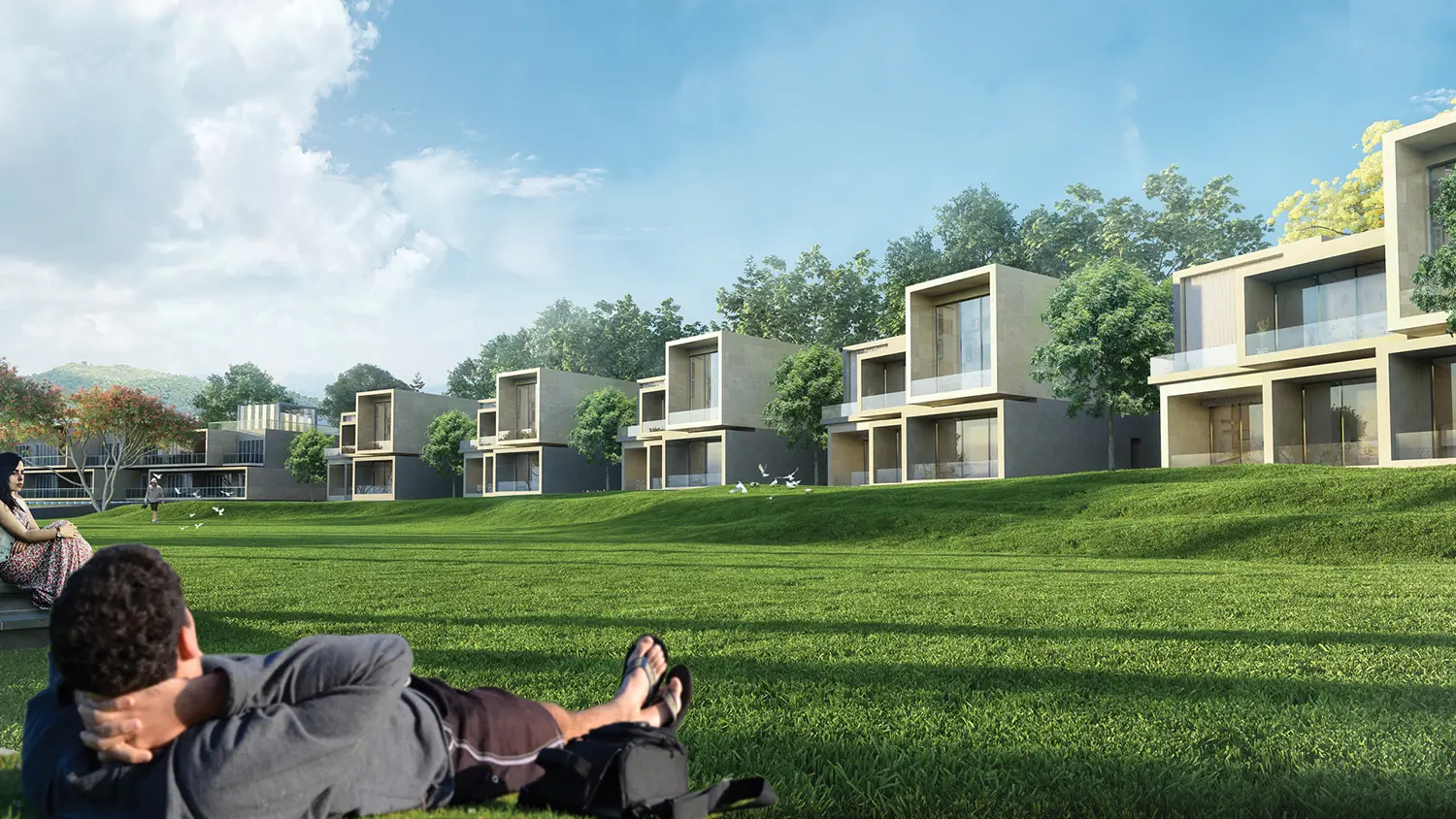

EXTERIOR RENDERING SERVICES IN DELHI NCR
The external design is the gateway to a building’s persona. To truly experience architecture, we need to visualise it in exquisite detail, in its original landscape, through the many moods of nature.
At REPLICA, our process is both seamless and meticulous. Whether your vision is crystallized, supported by comprehensive documentation – such as material schedules, CAD drawings etc – or you find yourself at the genesis of design exploration, we stand ready to weave your project into a spectacular realistic 3D visualization.
We grasp the nuance of colour grading and the artistry behind refining high-quality 3D still renders. Utilizing cutting-edge rendering technologies and advanced computer graphics, our 3D rendering prowess becomes the catalyst for developers, architects, and realtors to streamline costs and expedite developmental phases.
Enter our realm, where our seasoned team of 3D exterior designers breathes life into spectacularly realistic 3D exterior renders. Every detail meticulously crafted to embody the interplay of natural light and shadows, delivering an immersive experience that mirrors the real-life impact of architectural brilliance.
Step into a world where vision fuses seamlessly with nature’s ever-evolving canvas. Experience architecture in its most breathtaking form – brought to life by REPLICA.
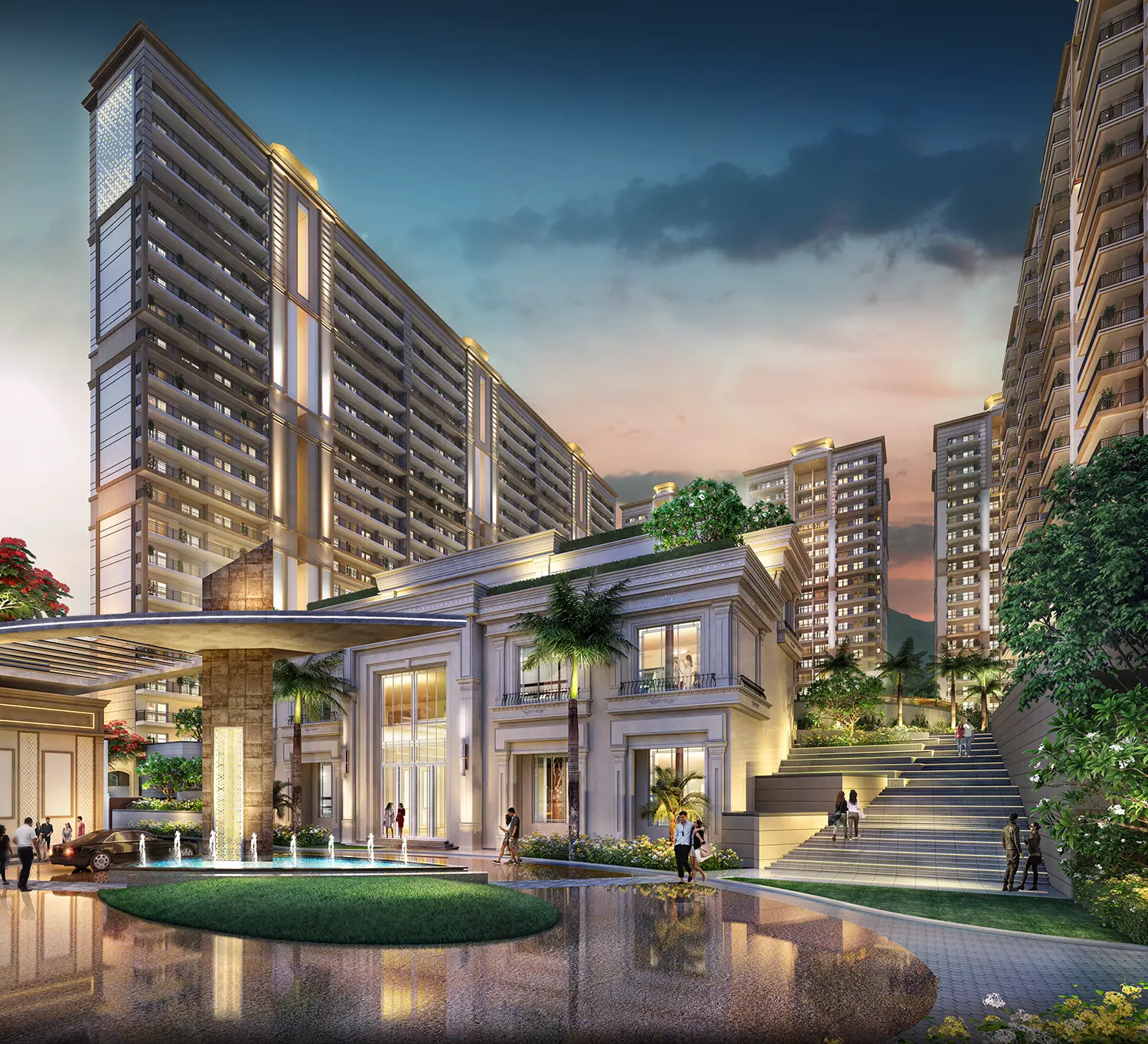
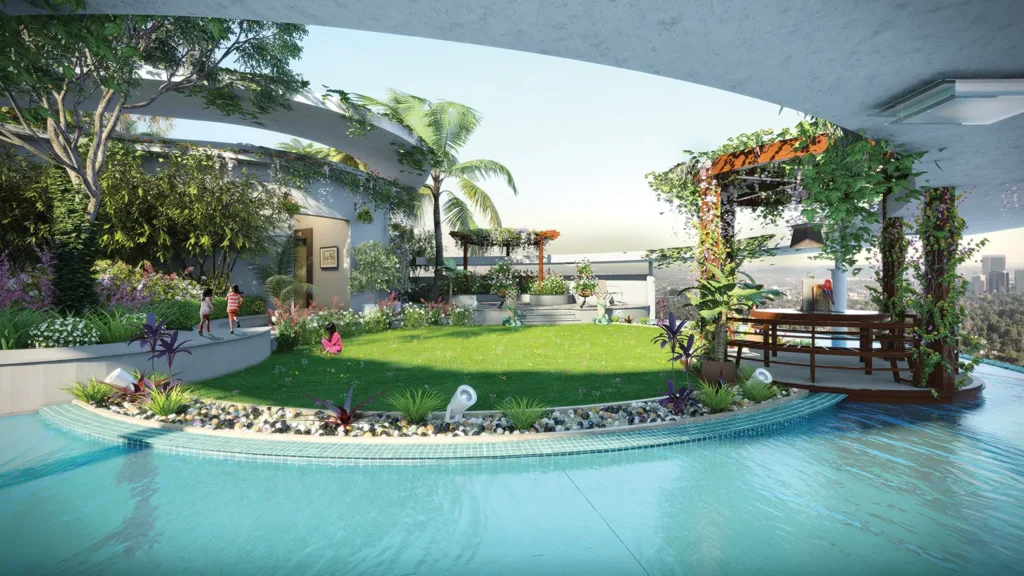

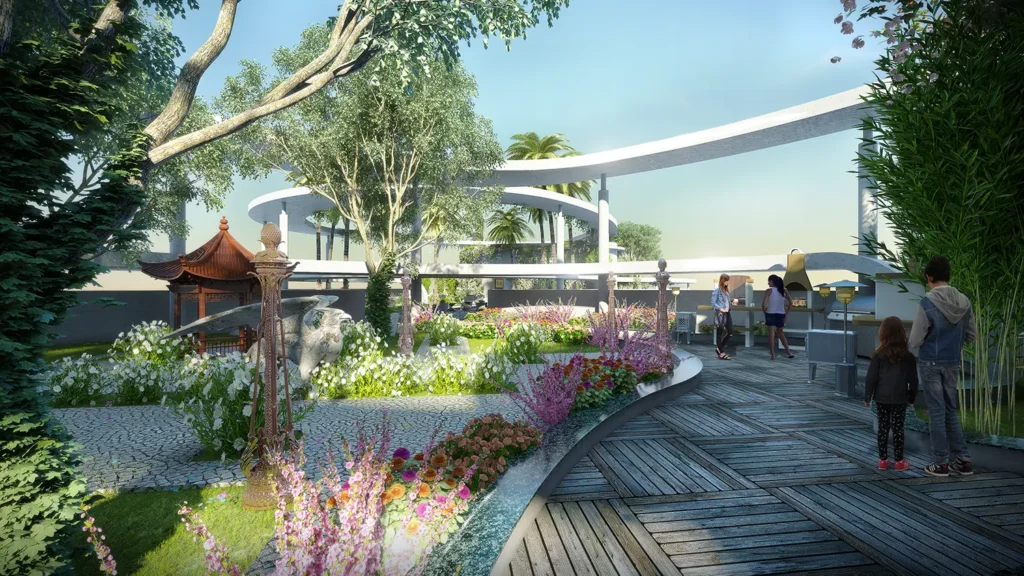

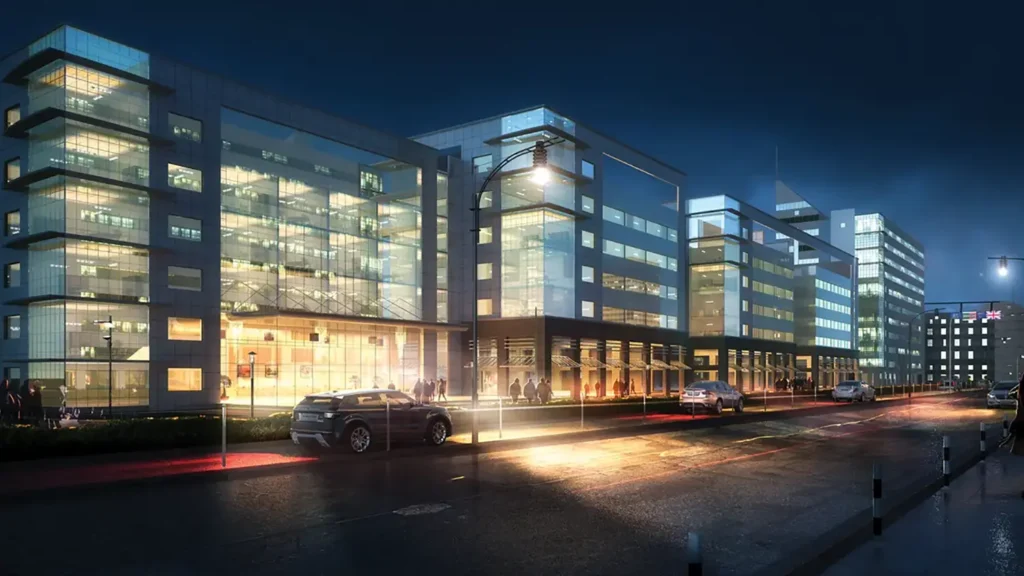

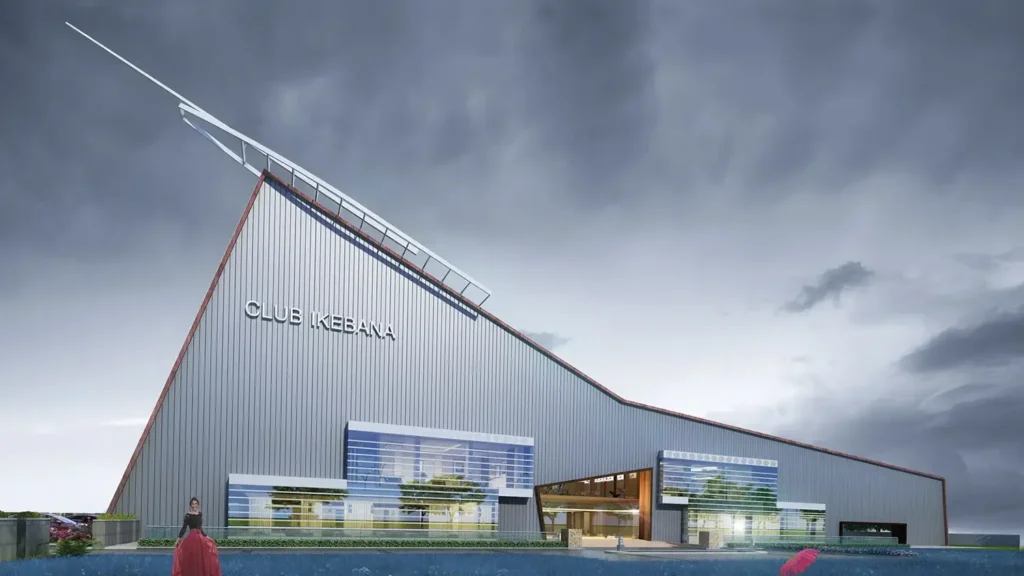

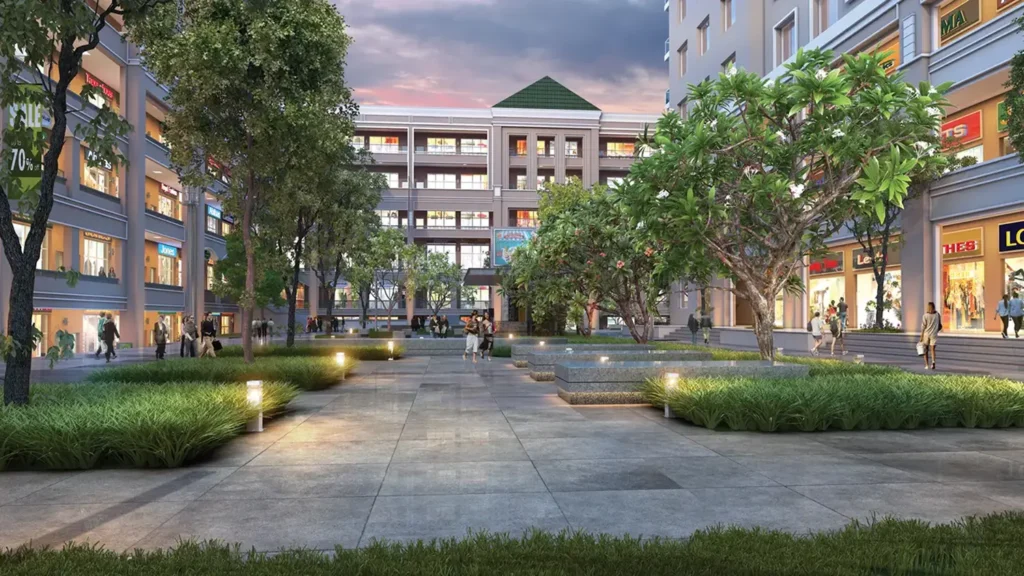

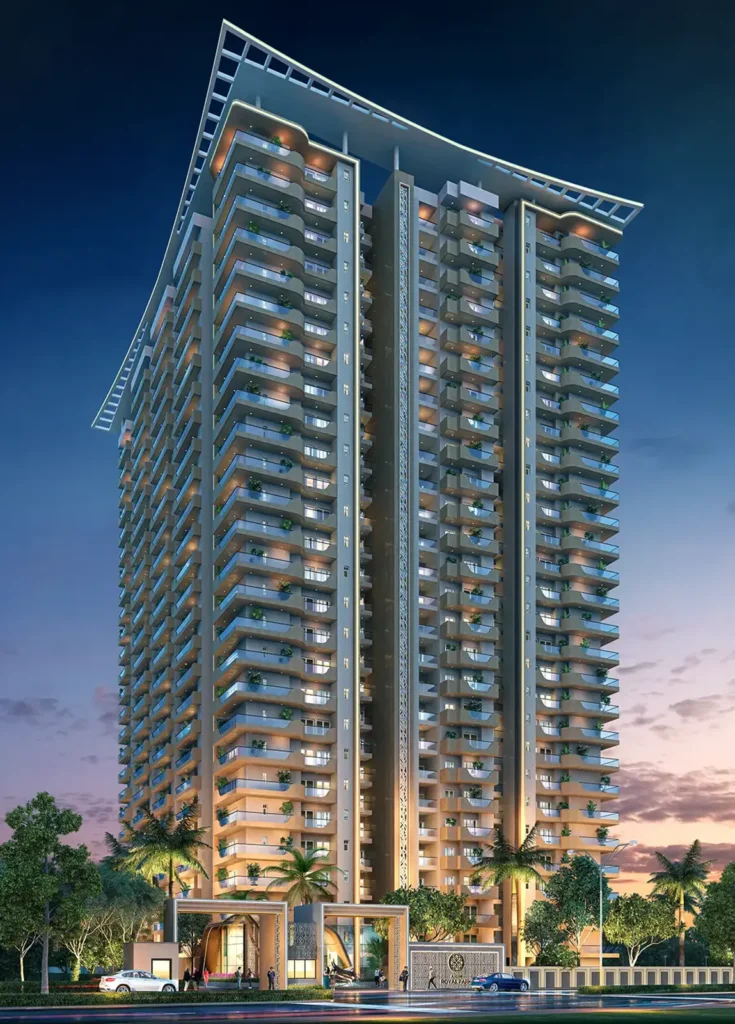

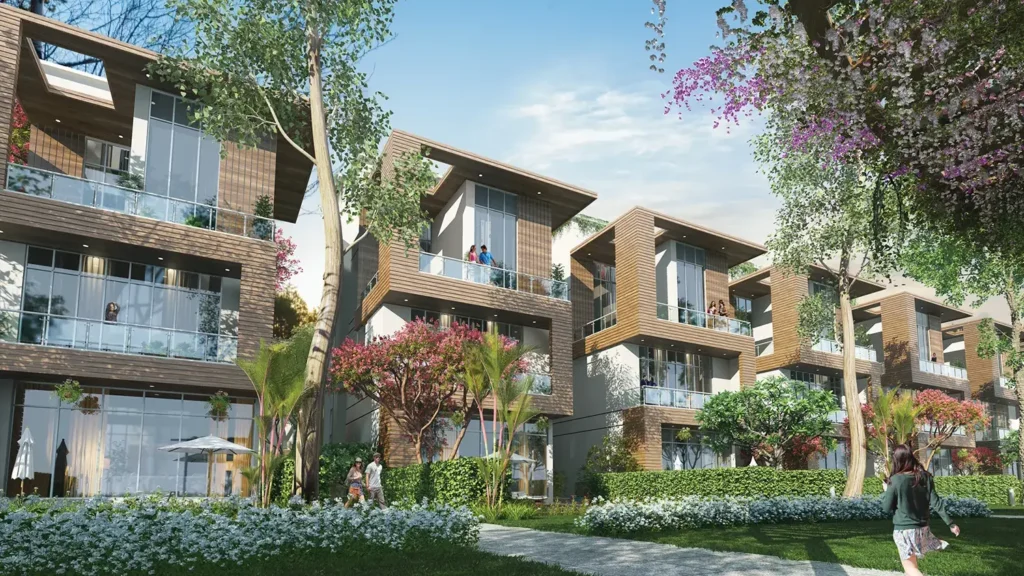

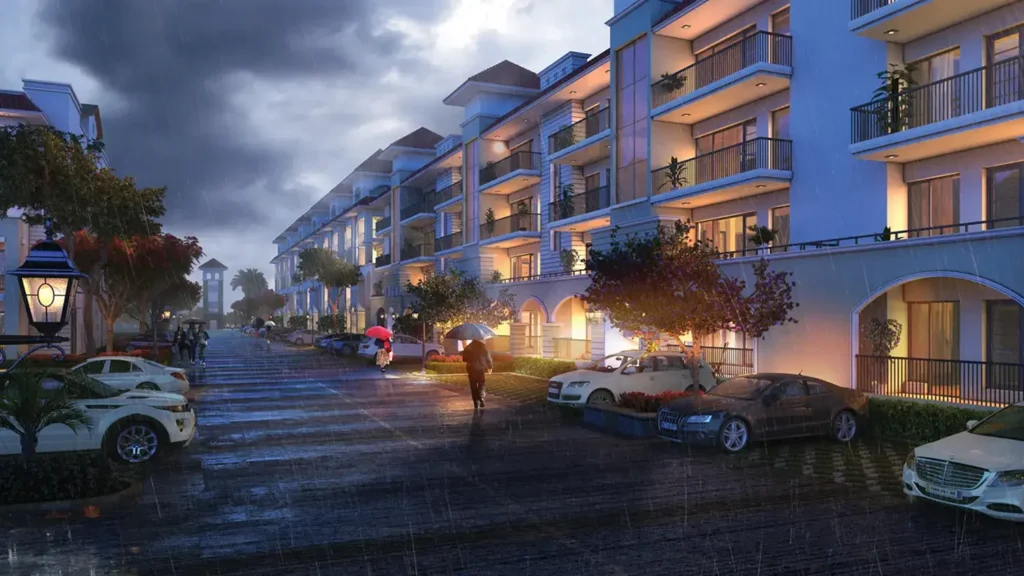

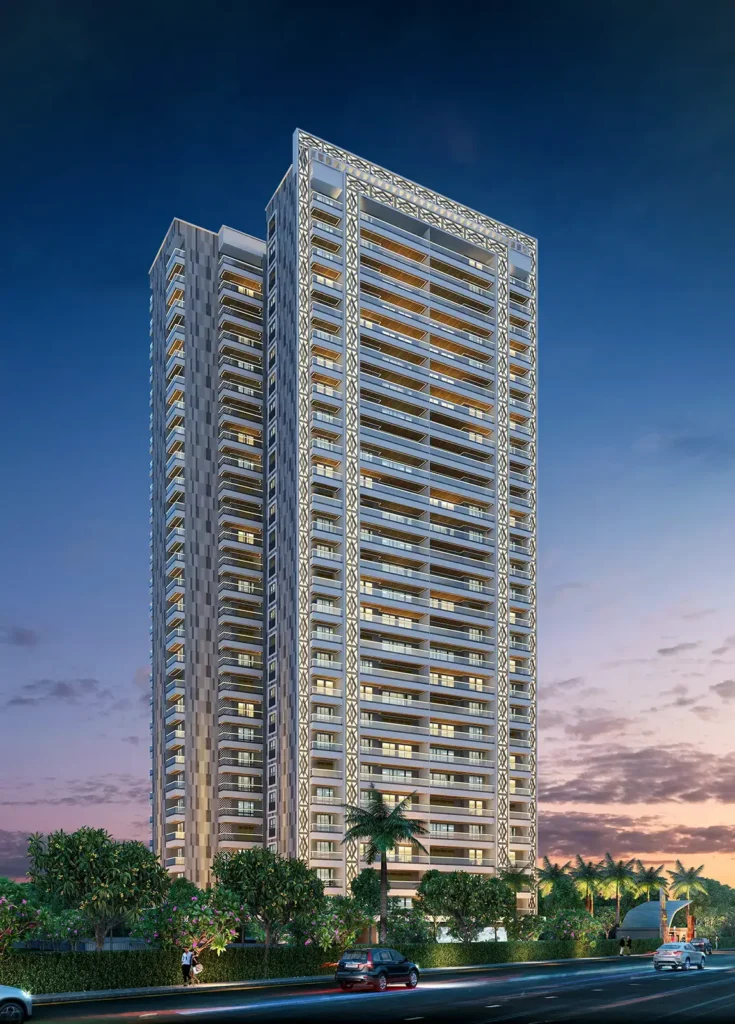

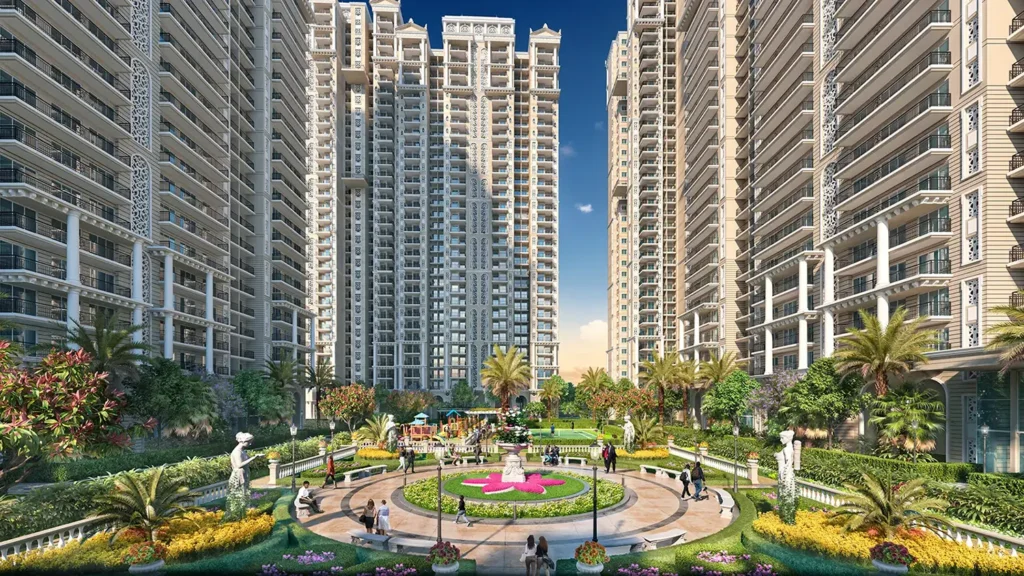

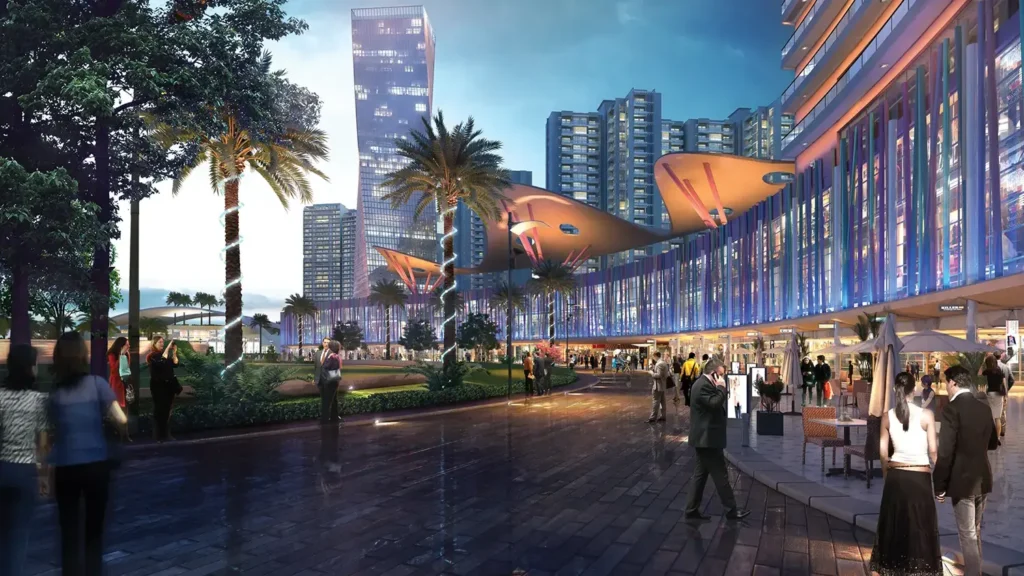

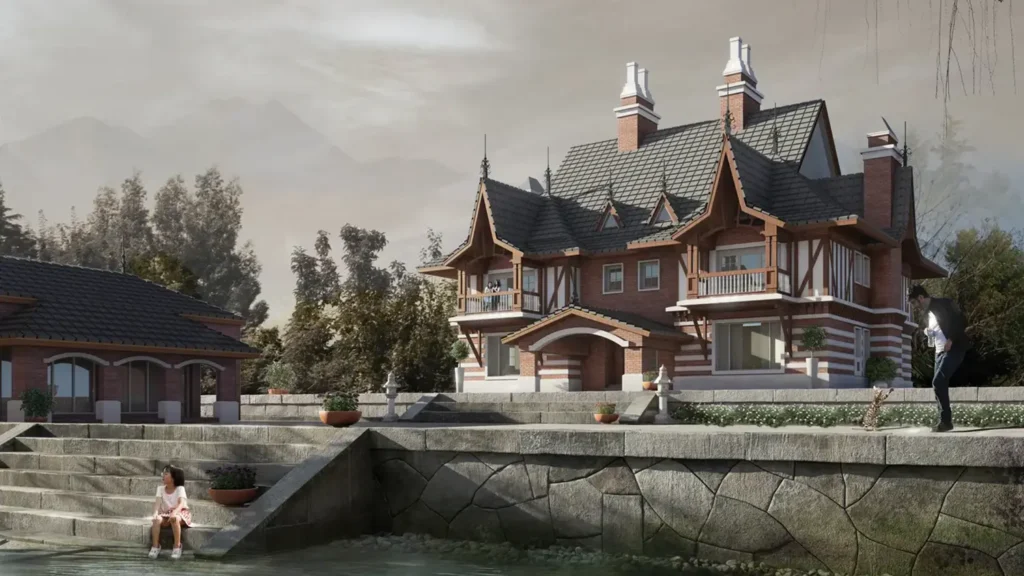

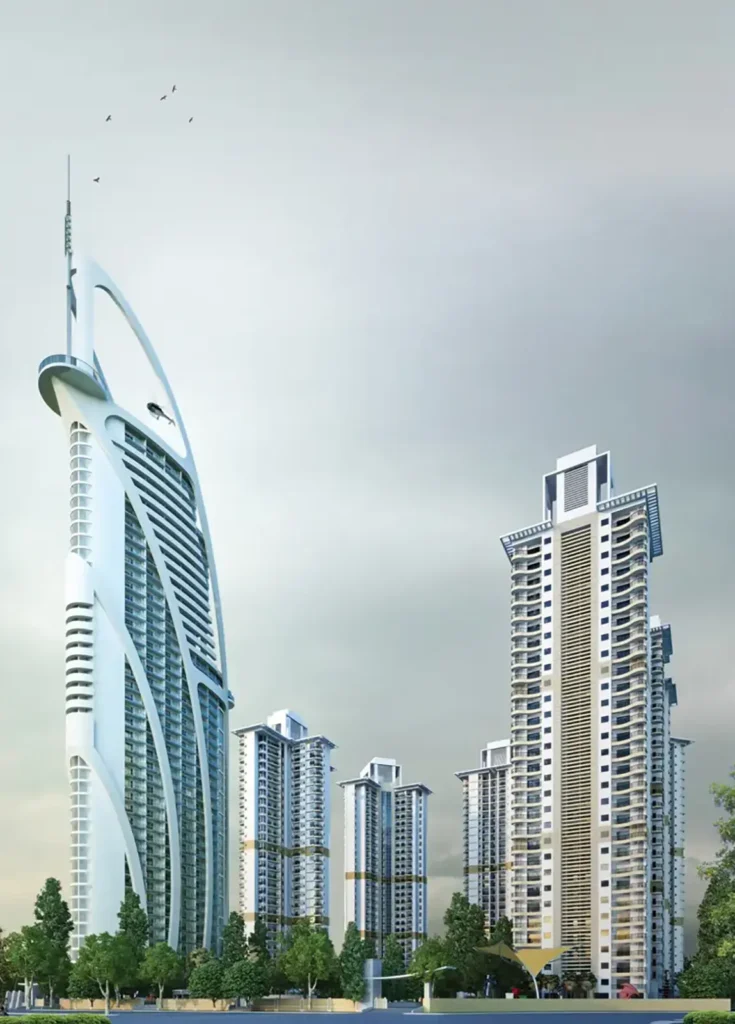

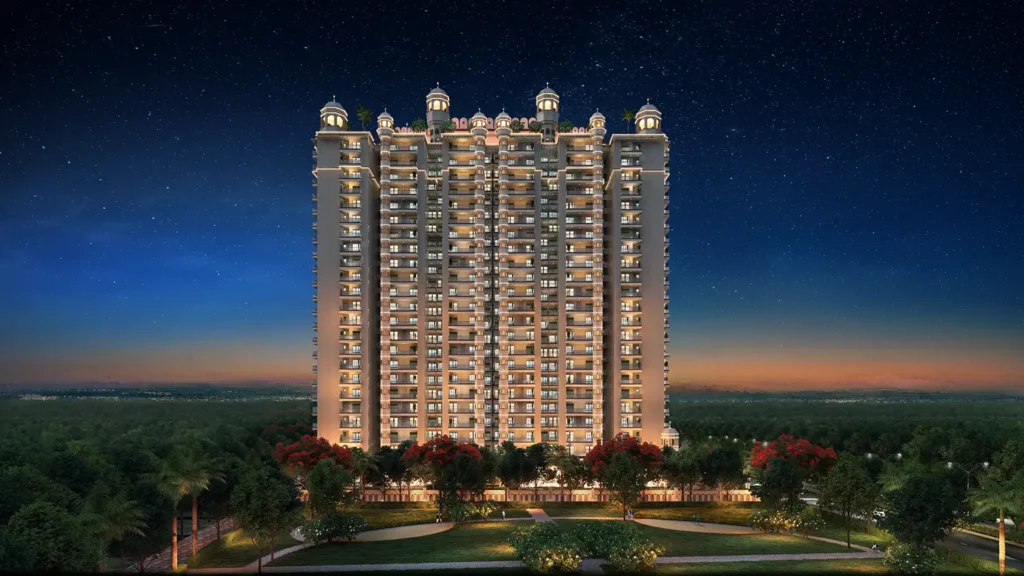

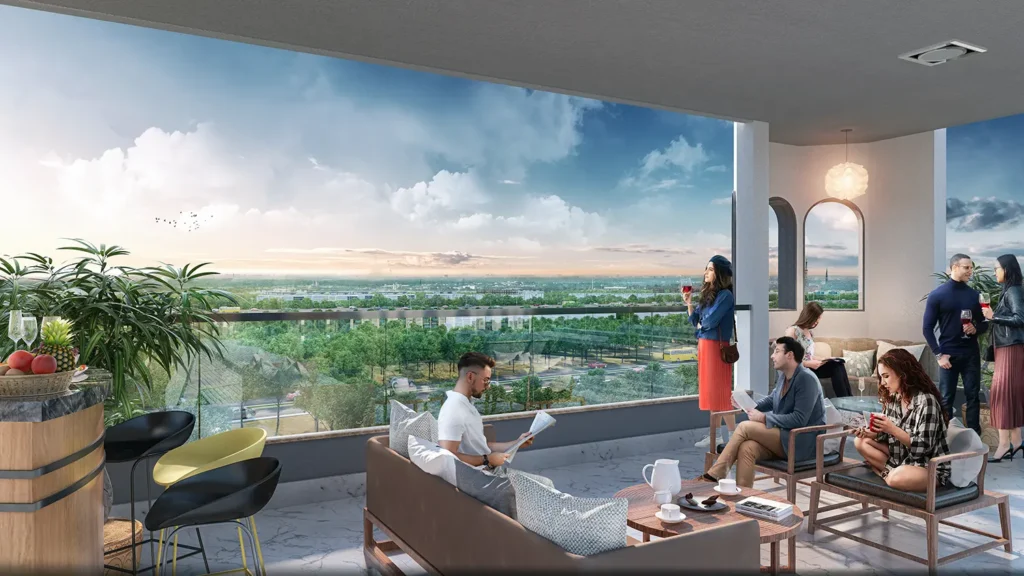

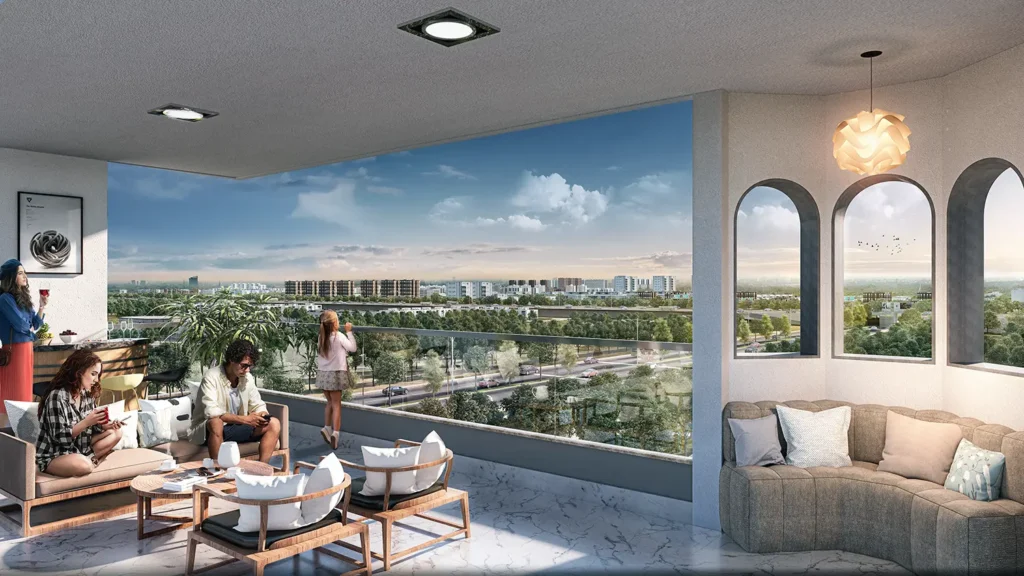

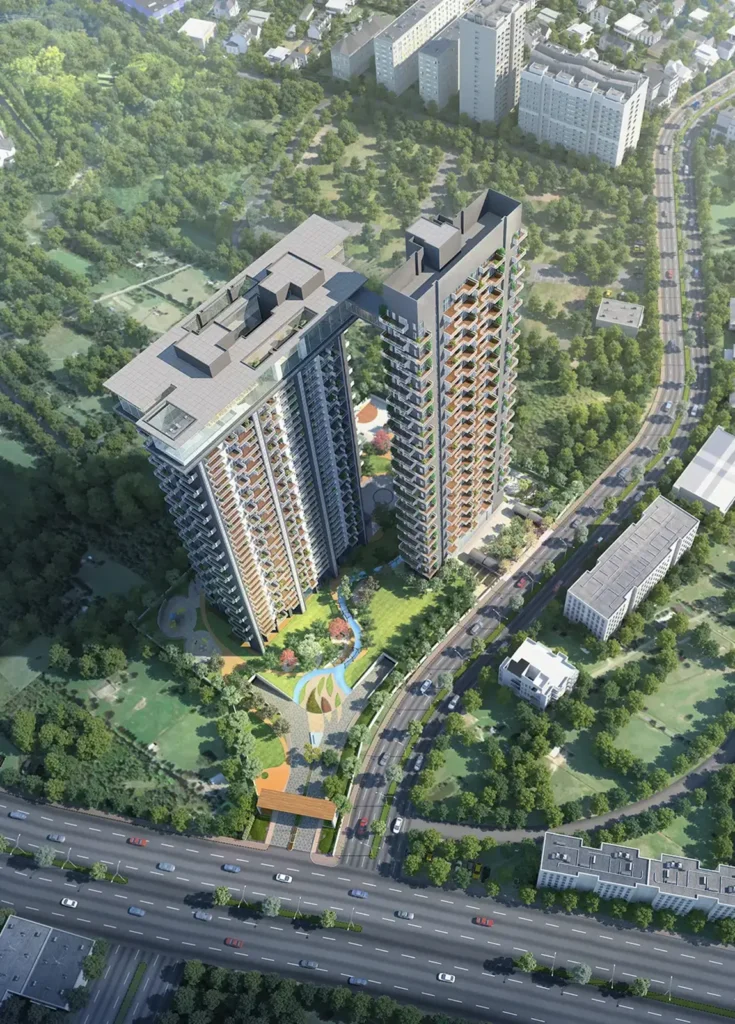

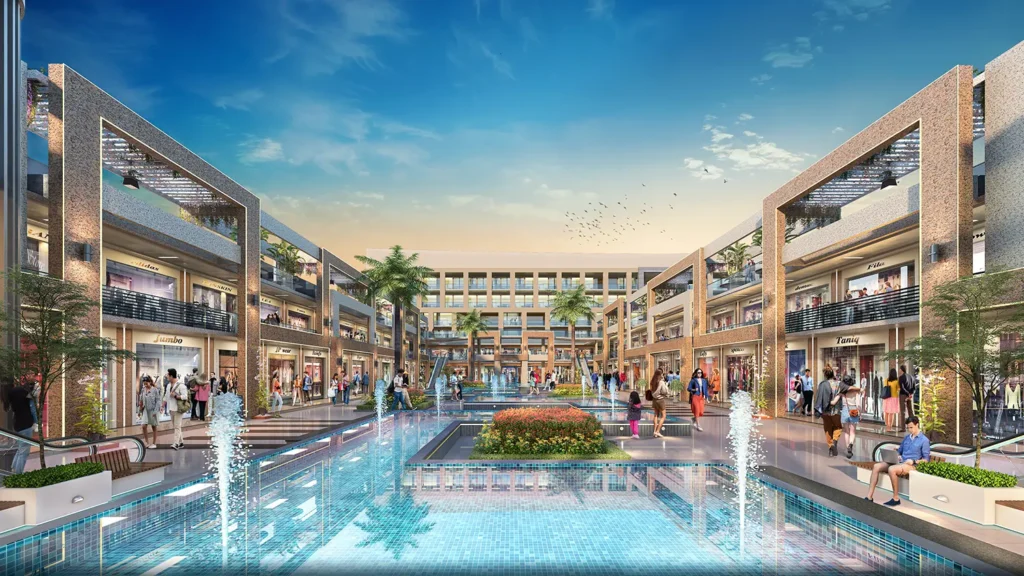

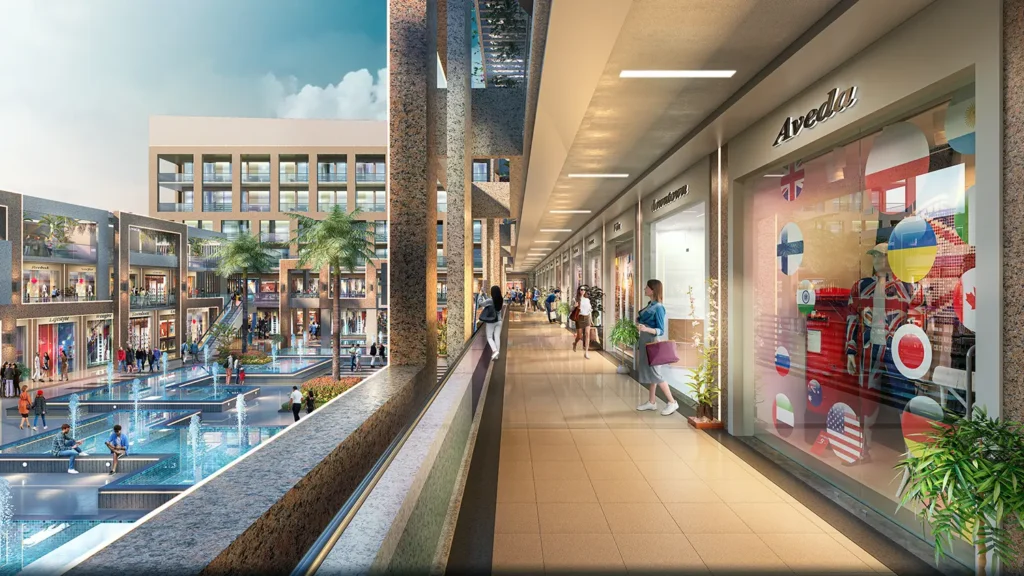

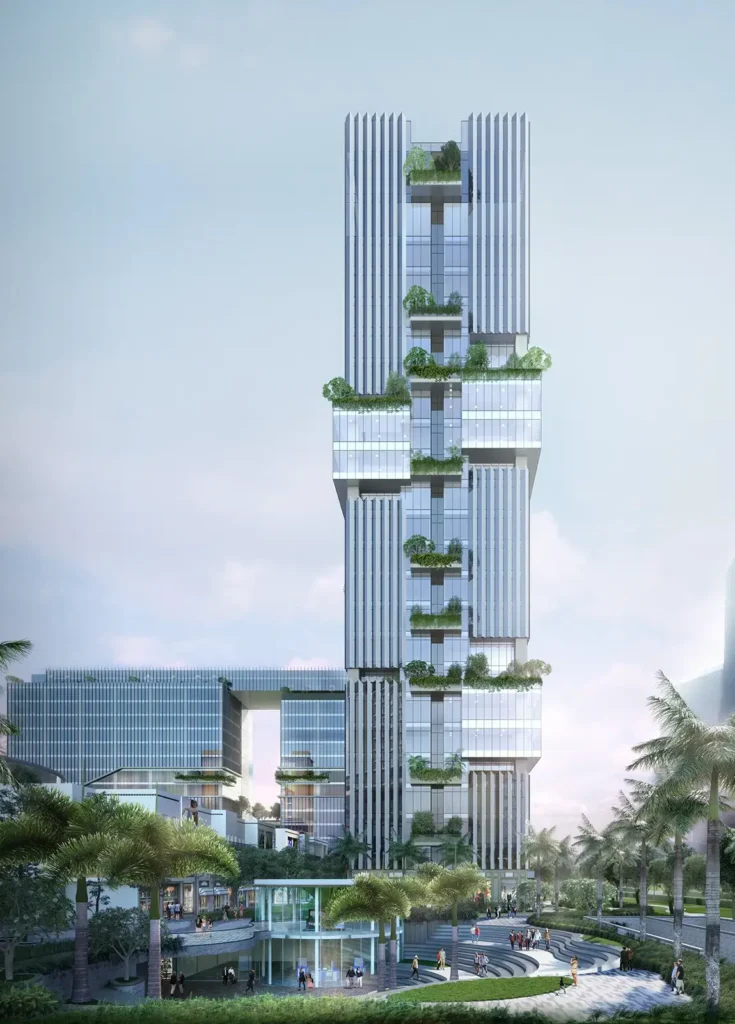

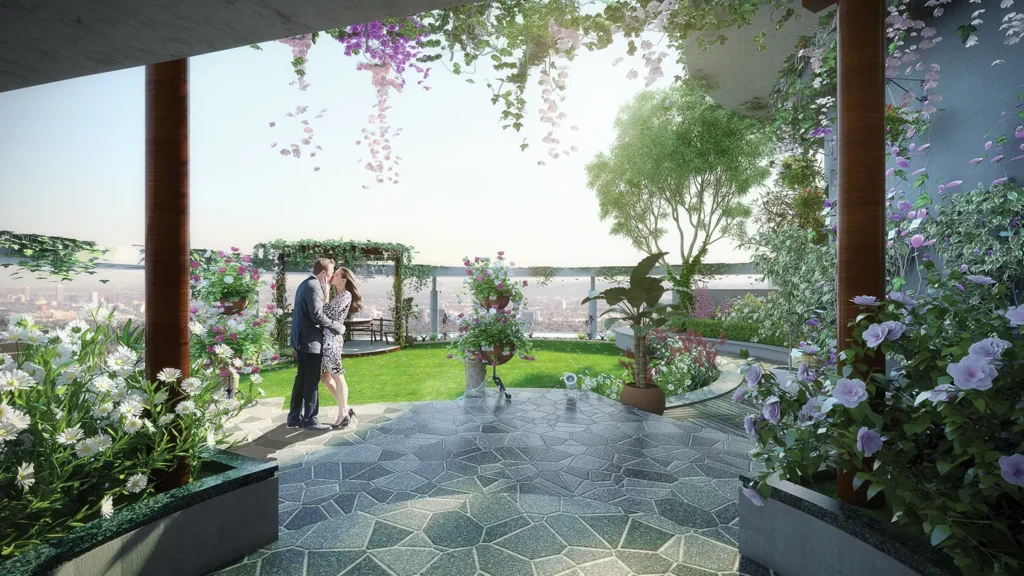

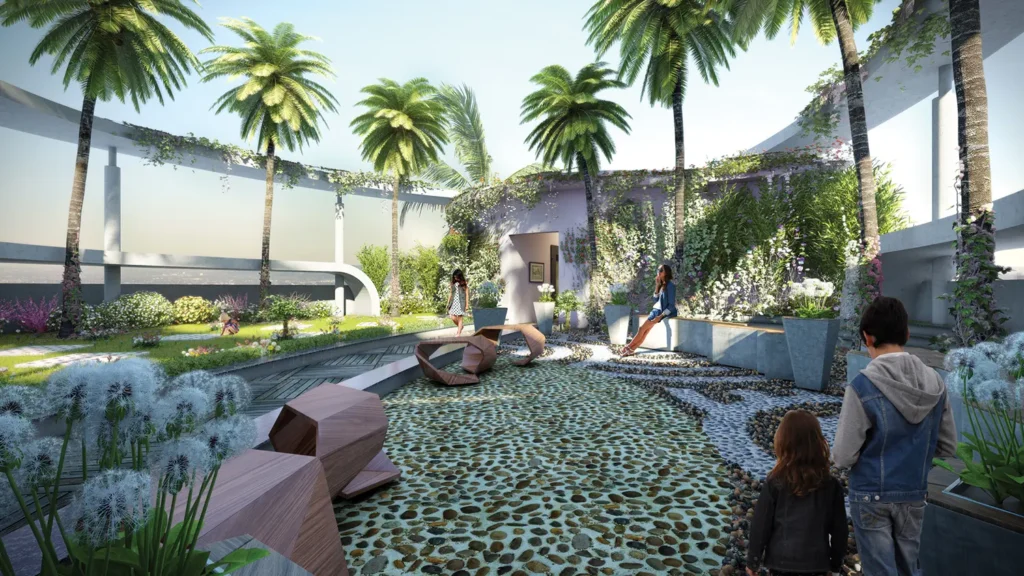

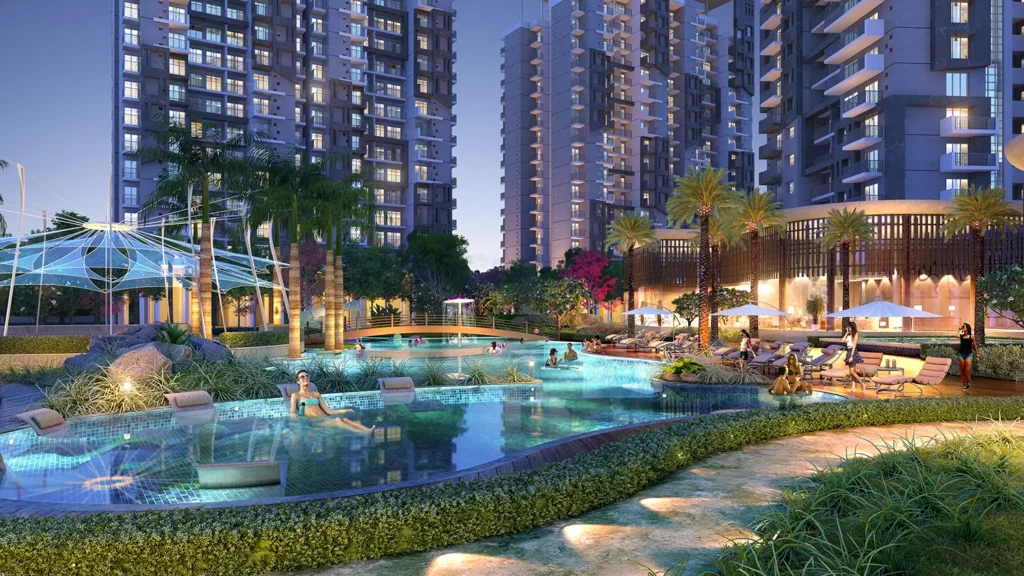

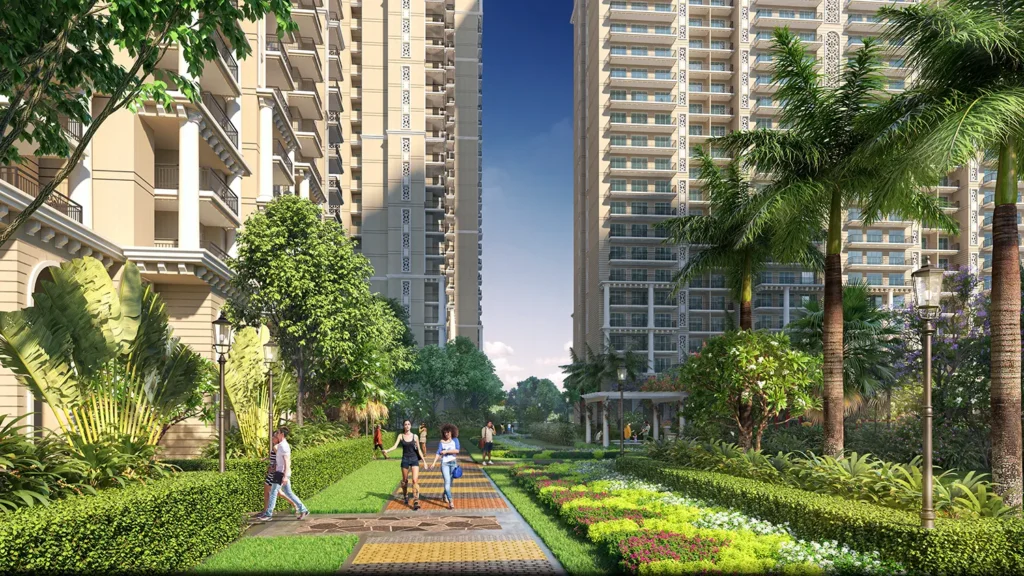

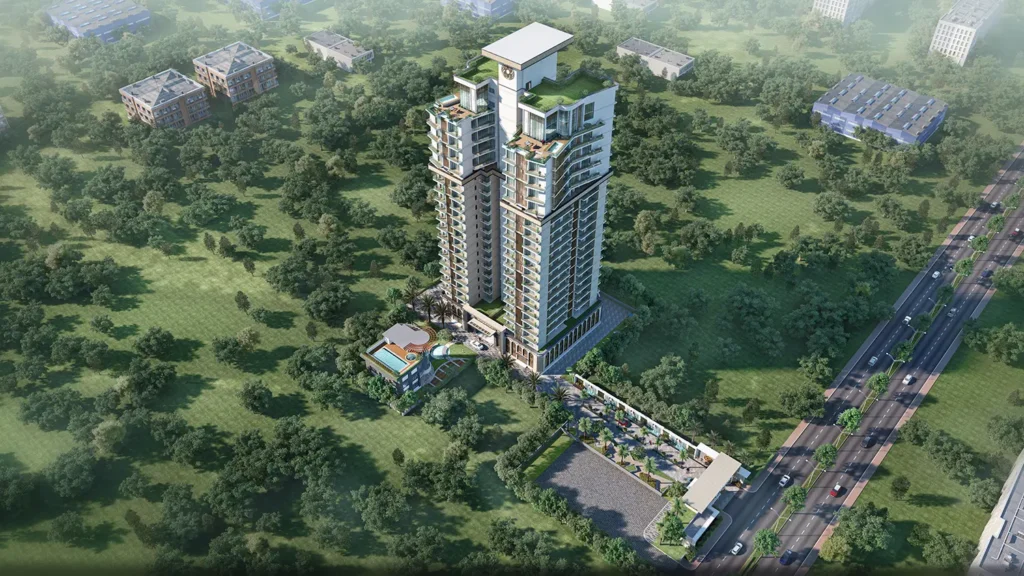

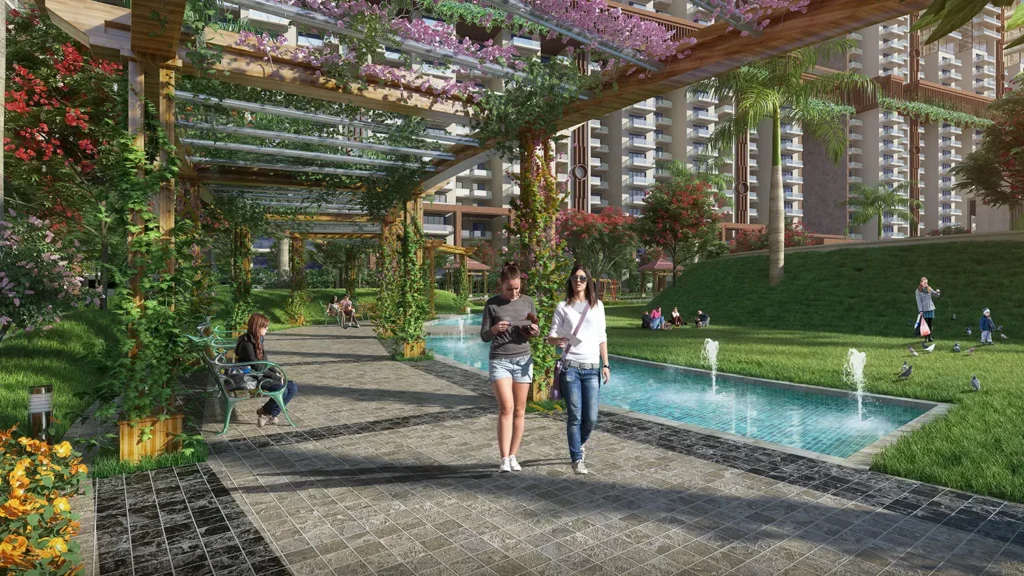

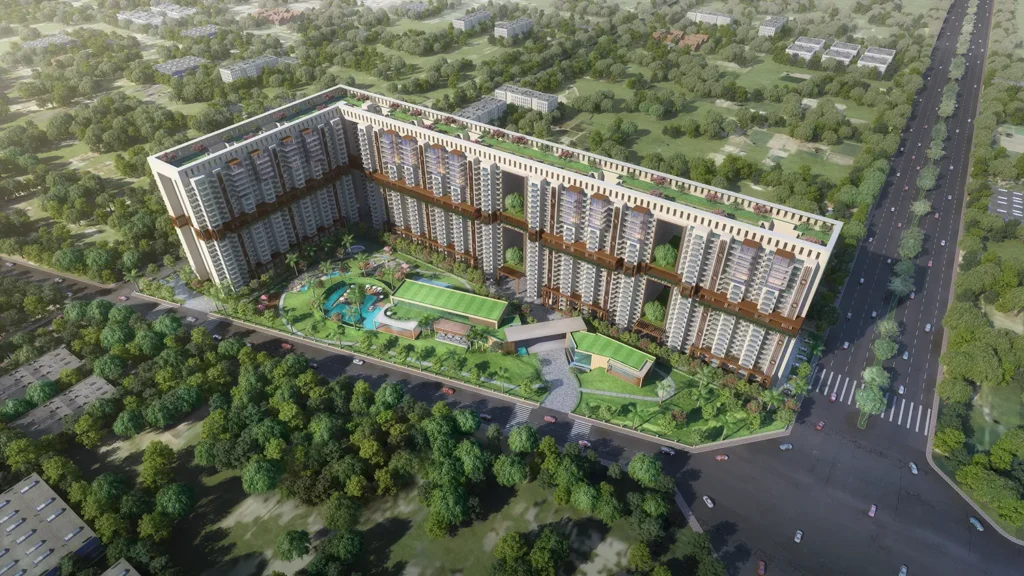

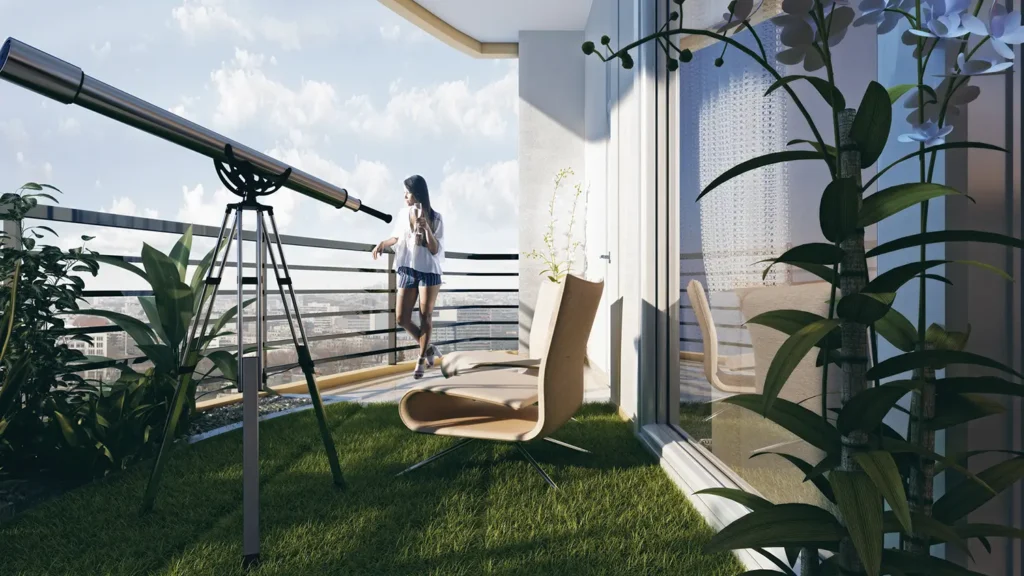

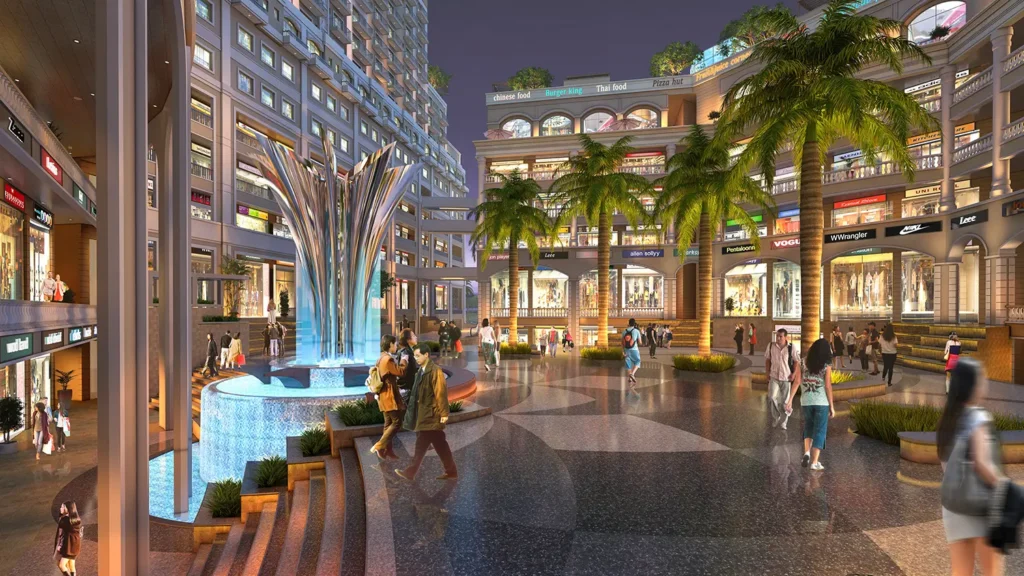

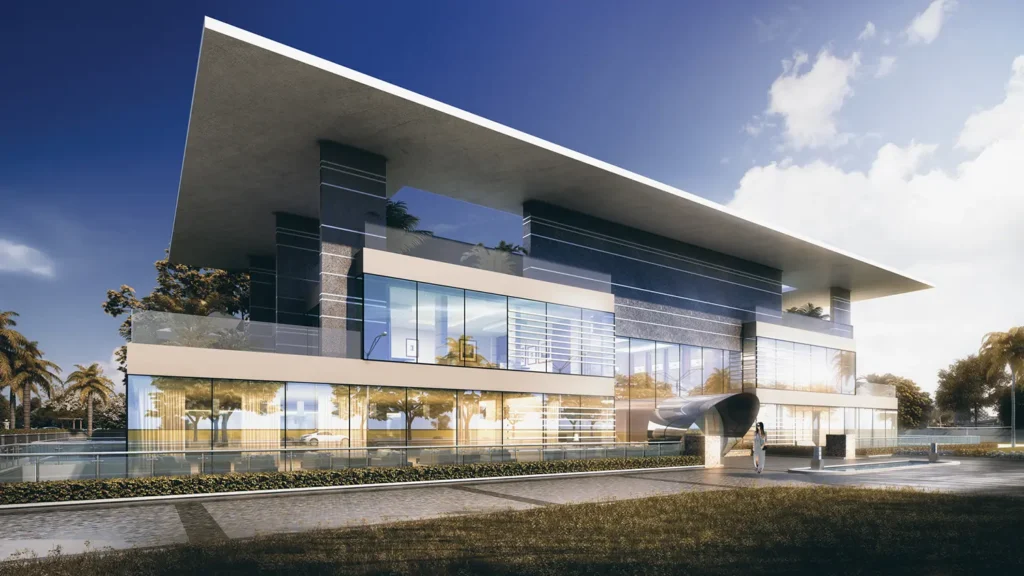

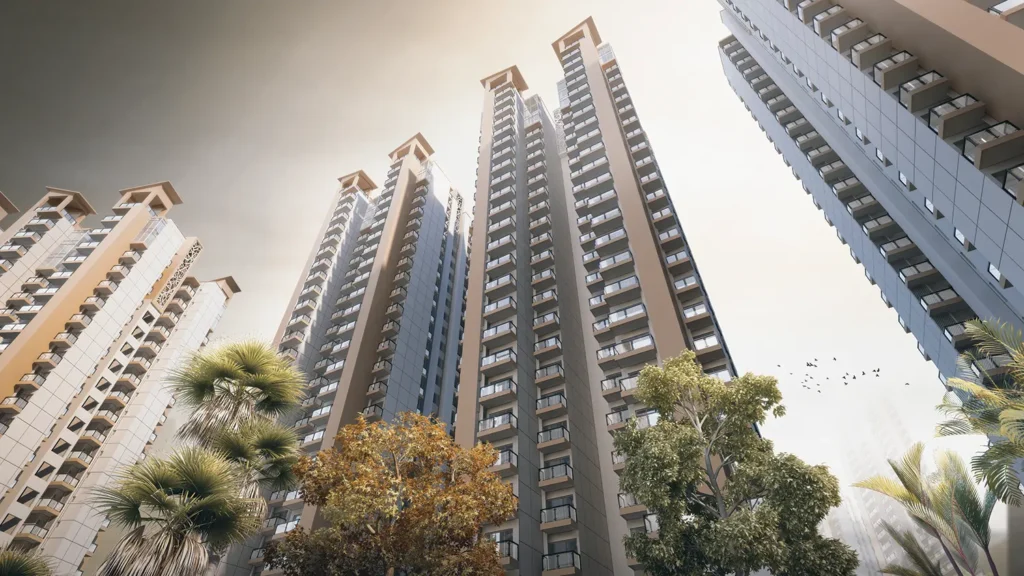

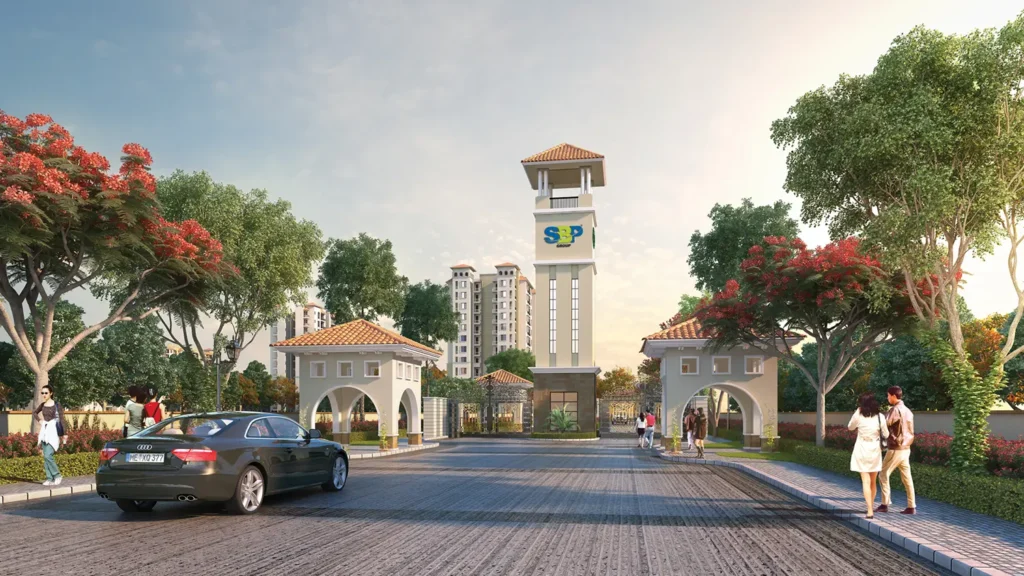

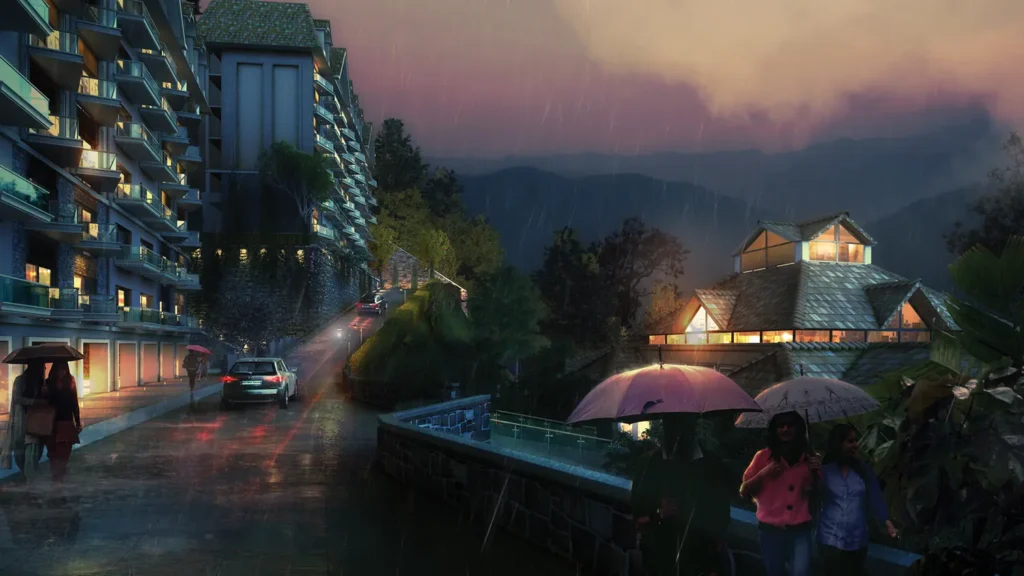

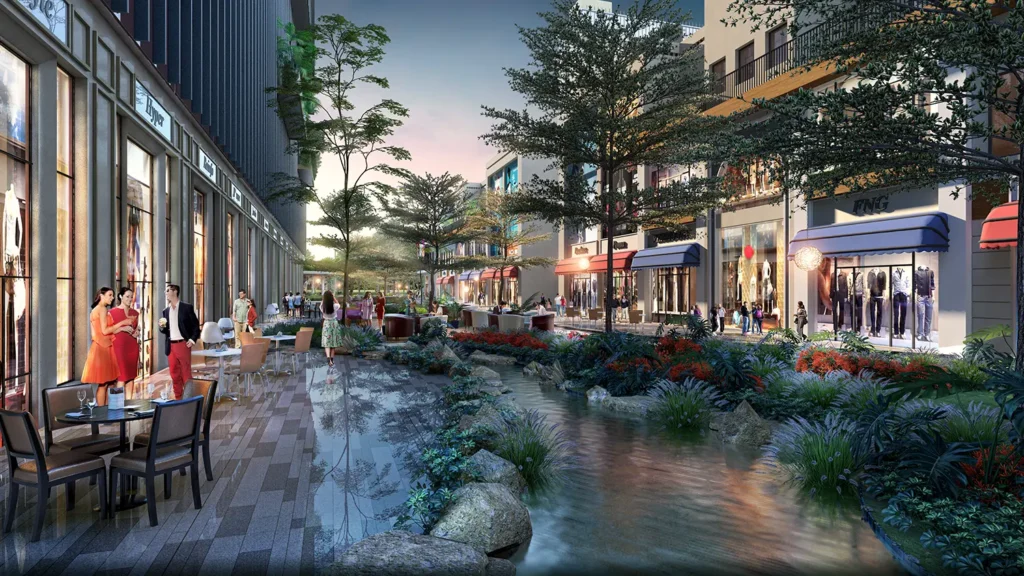

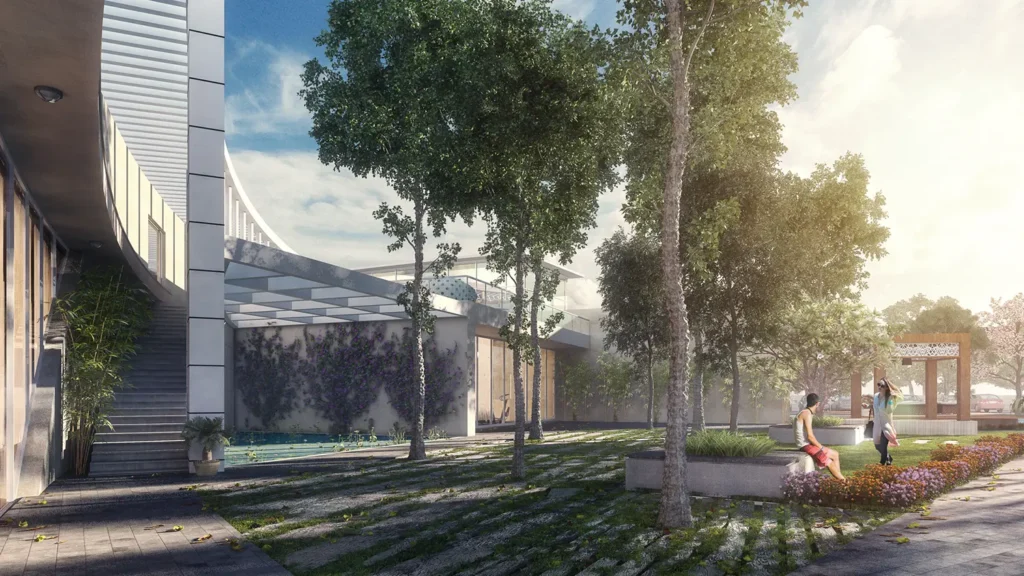

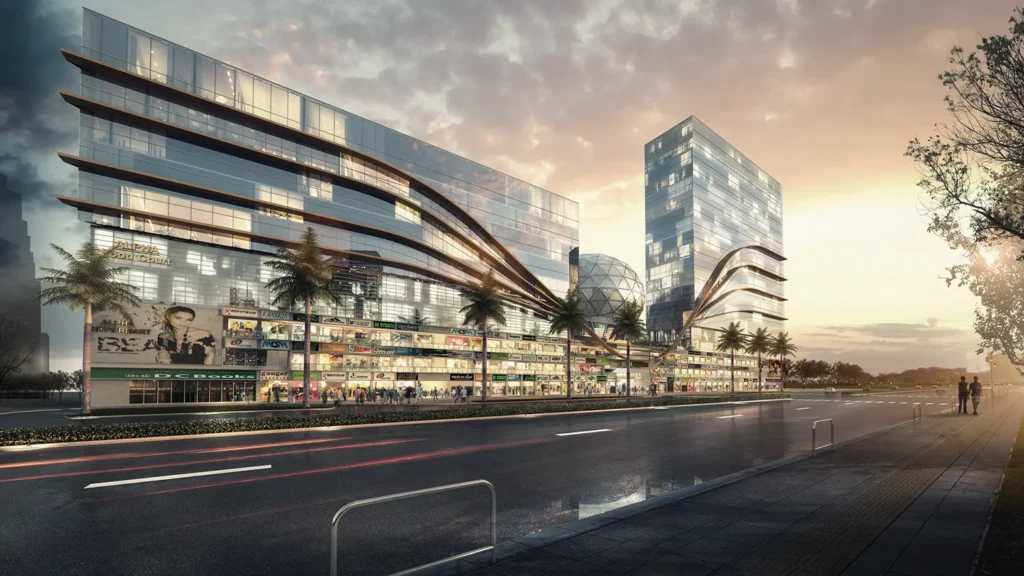

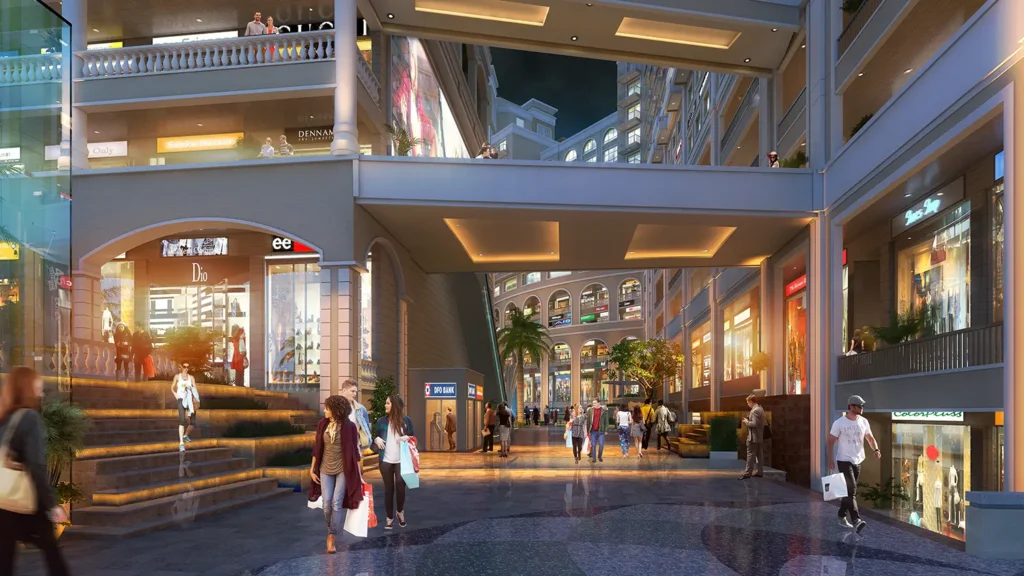

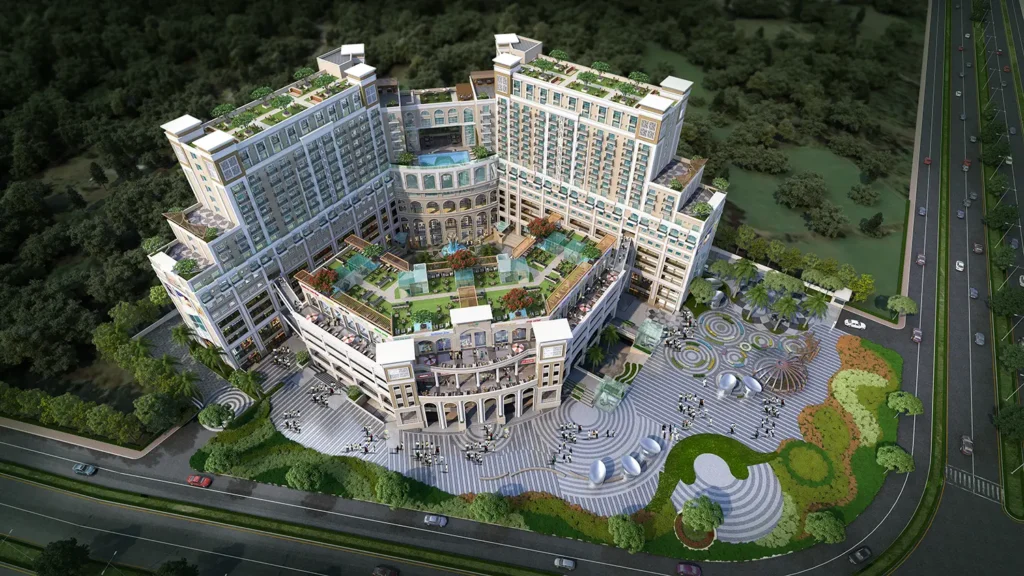

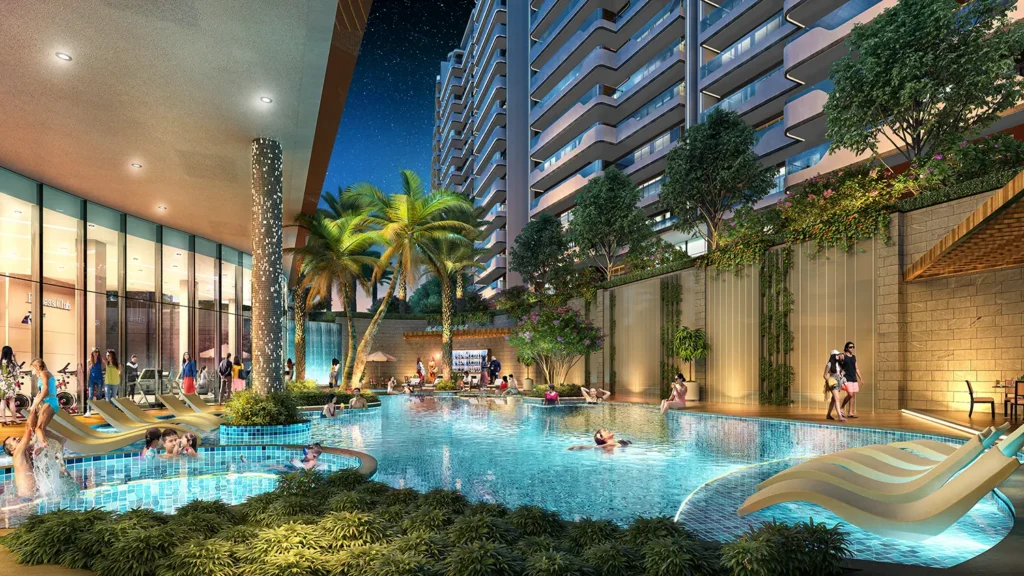

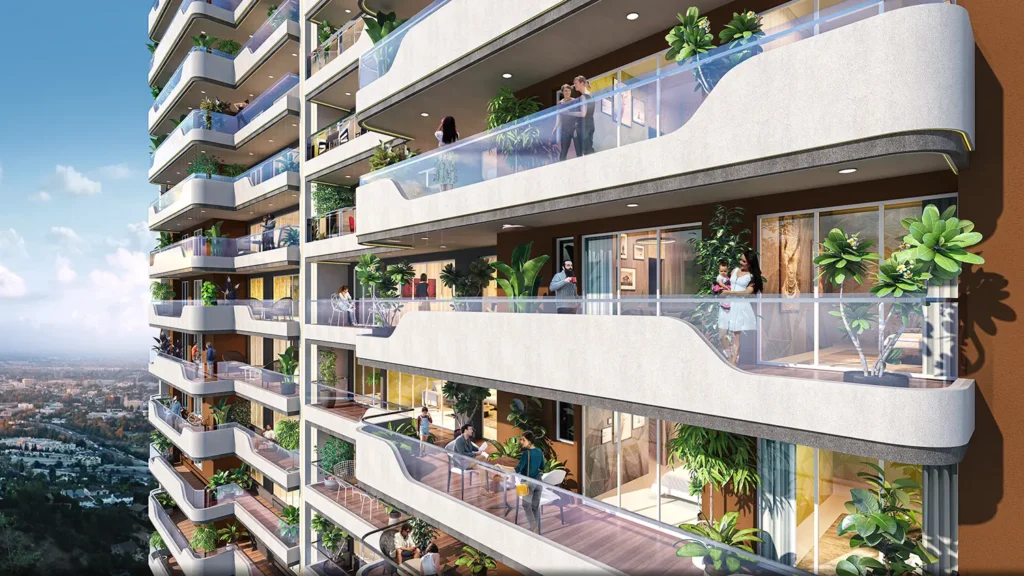

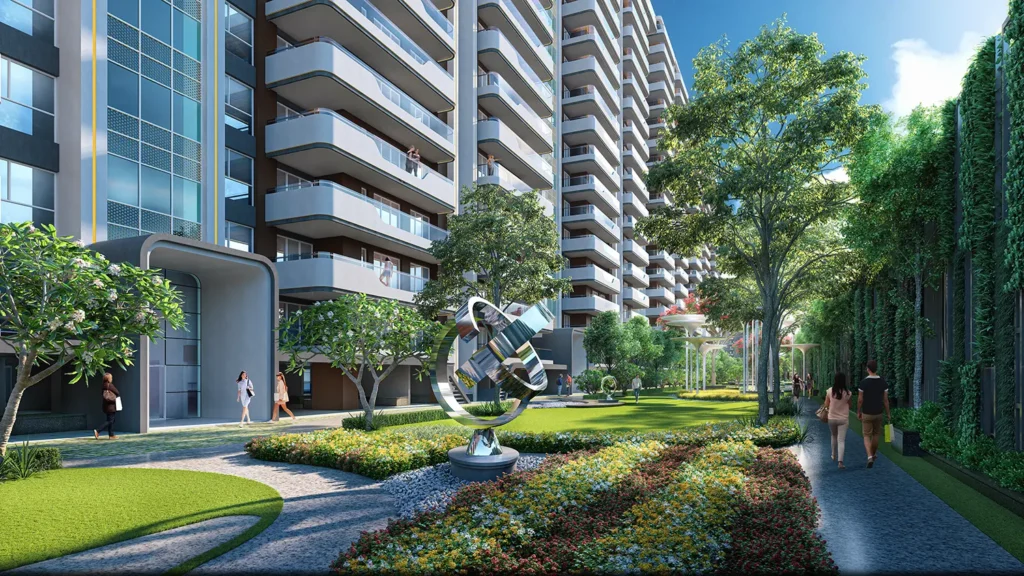

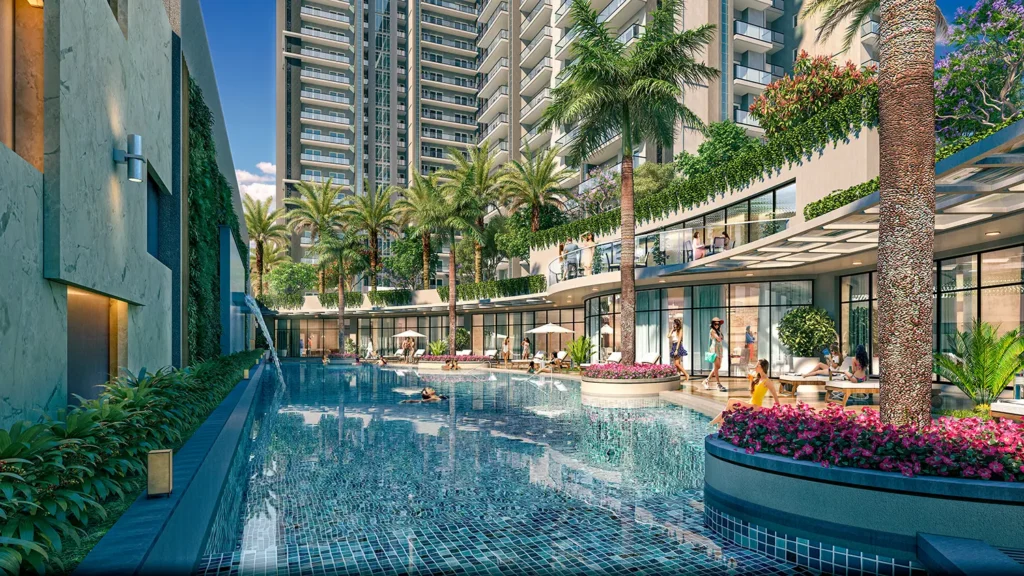

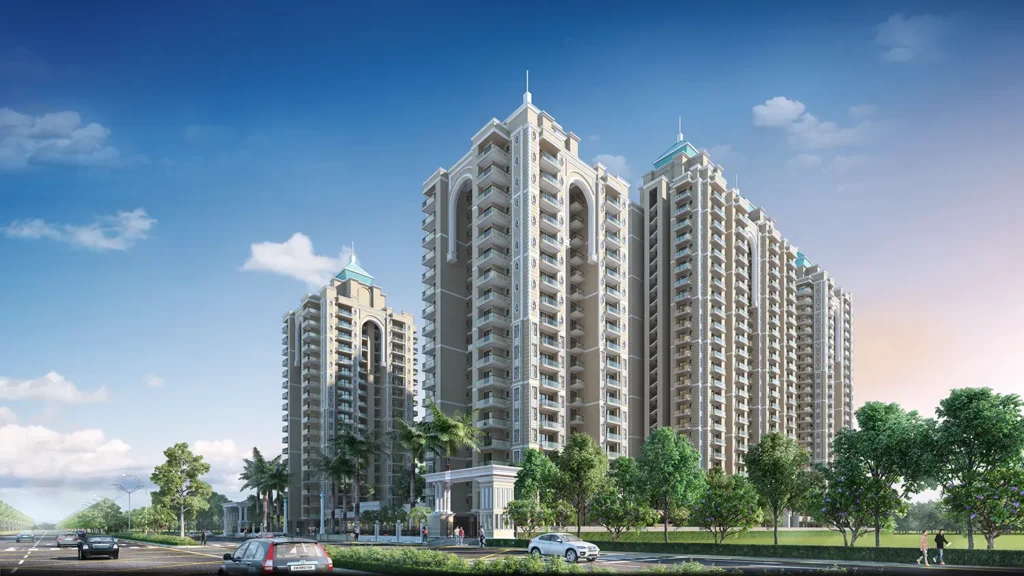



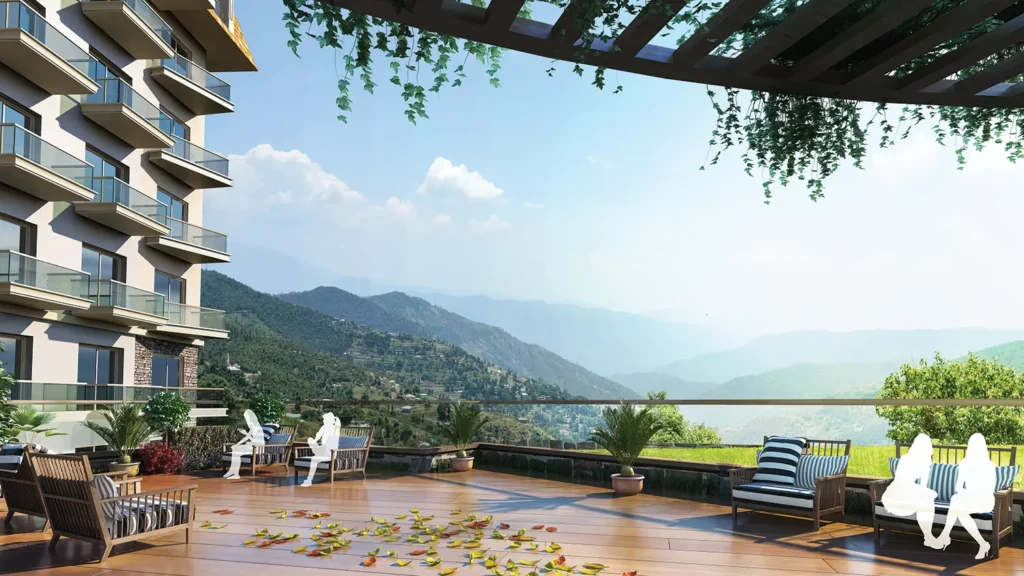

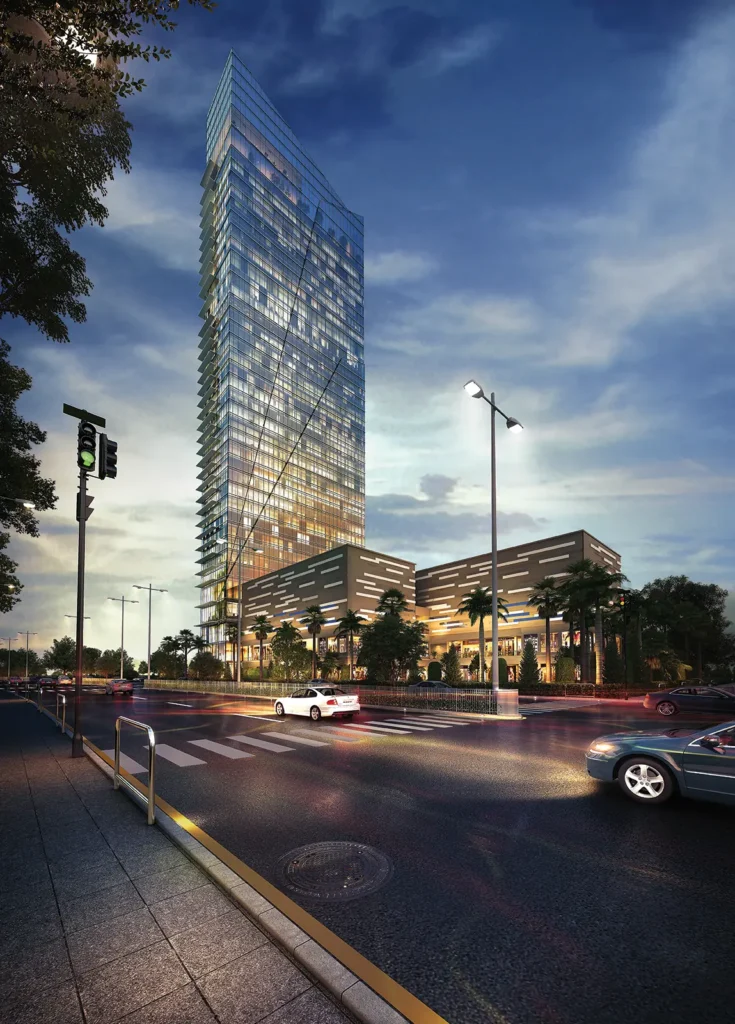

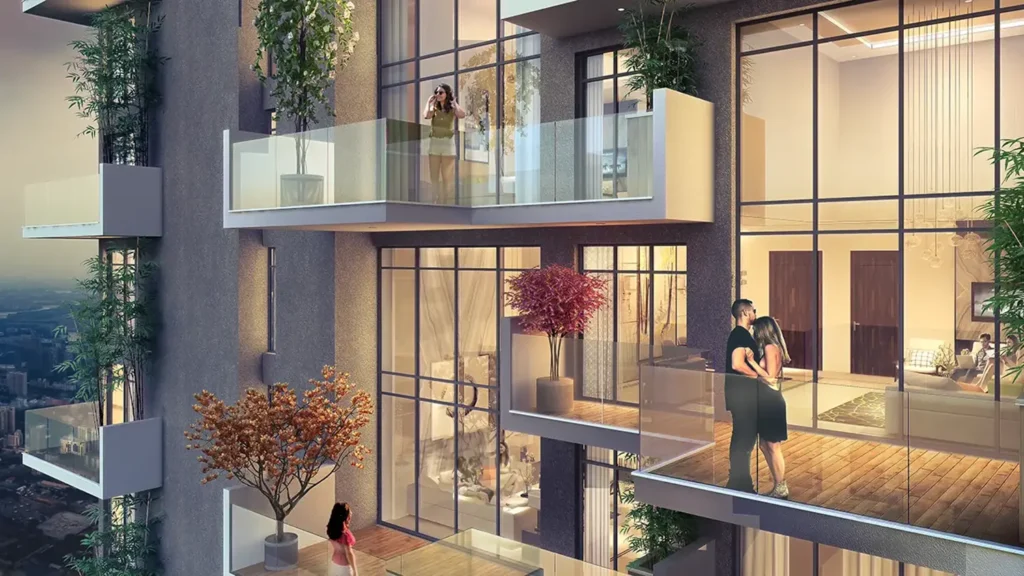

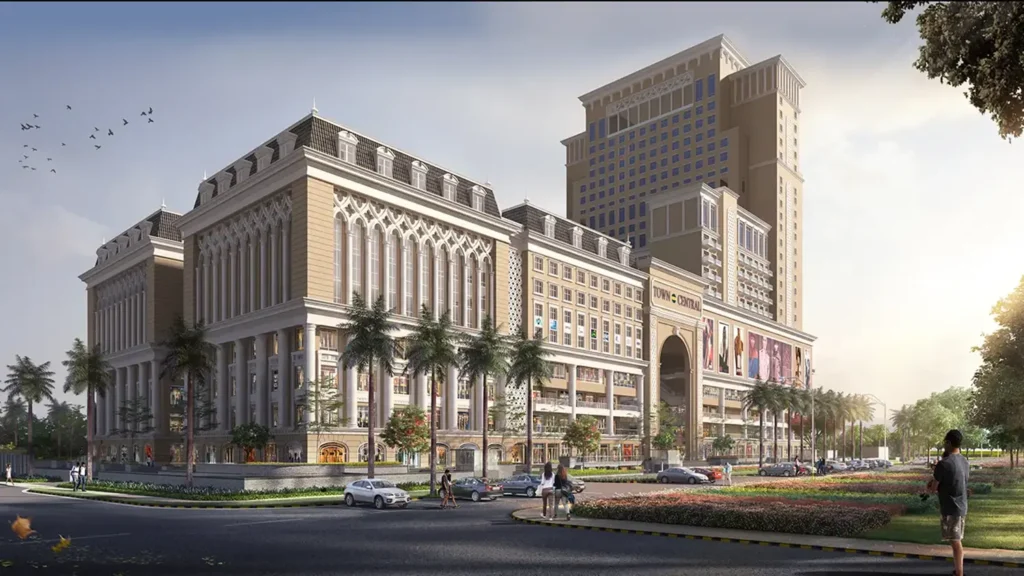

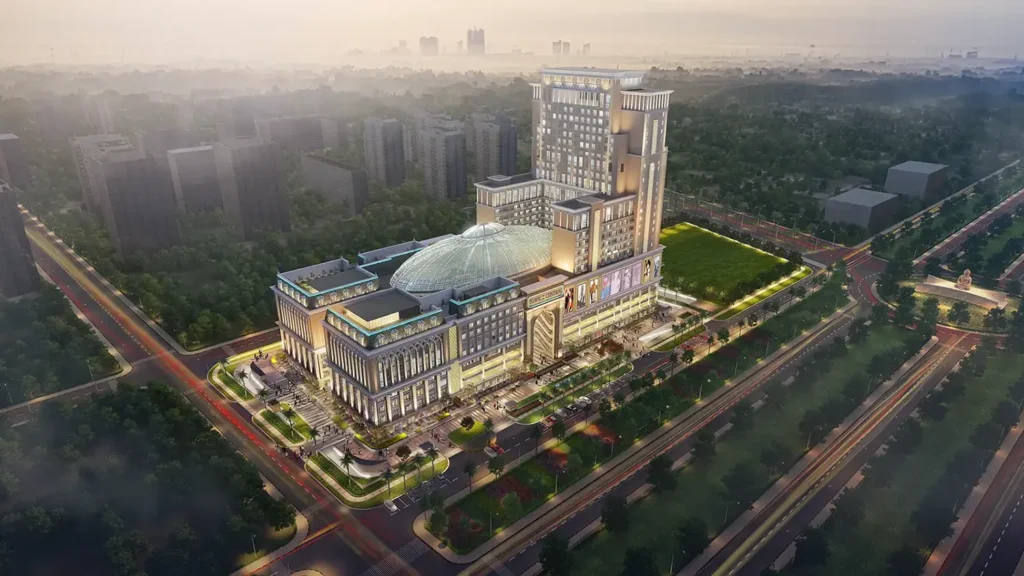

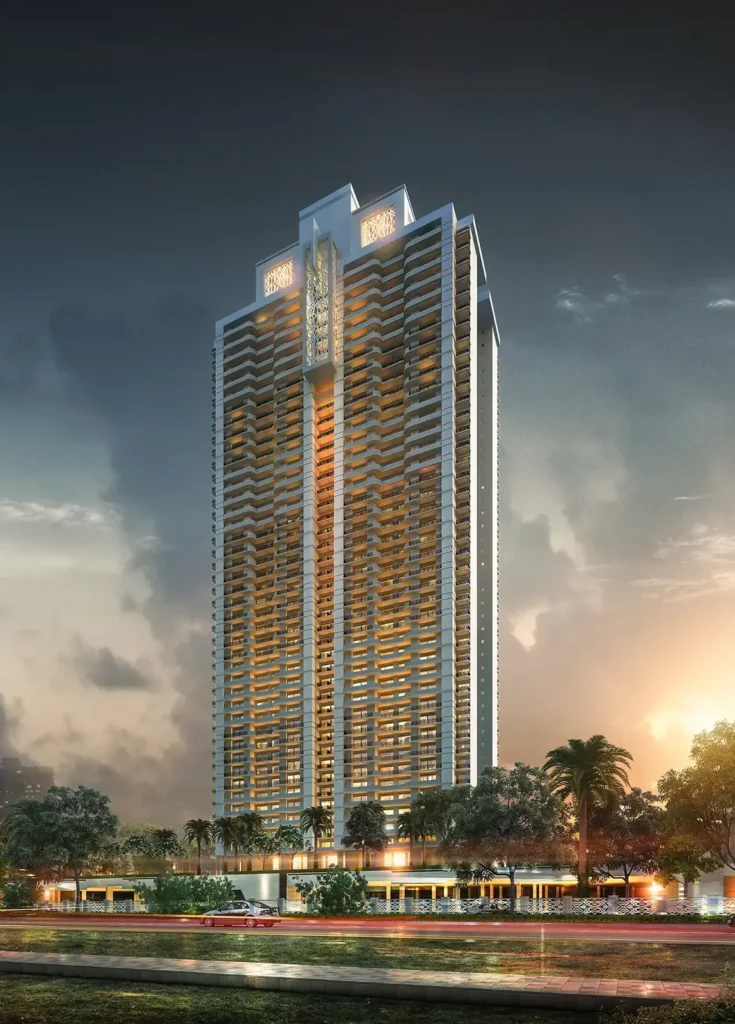

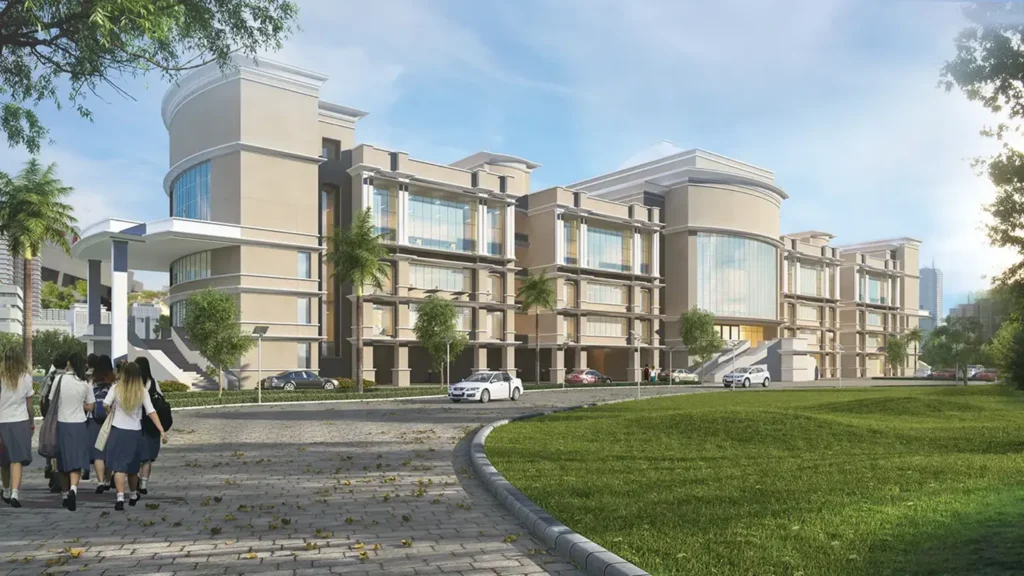

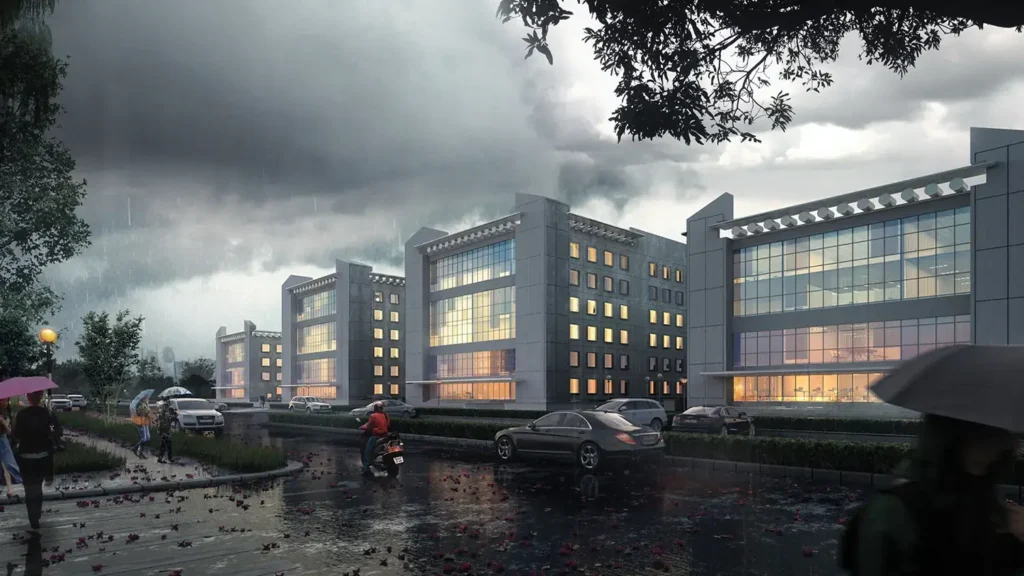

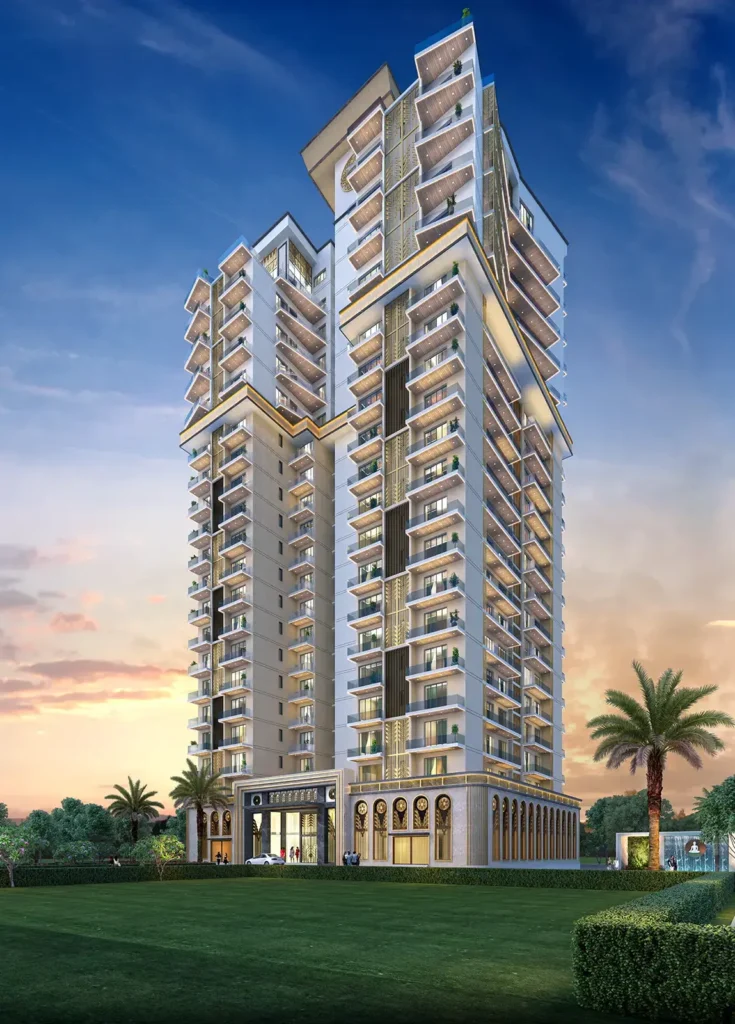



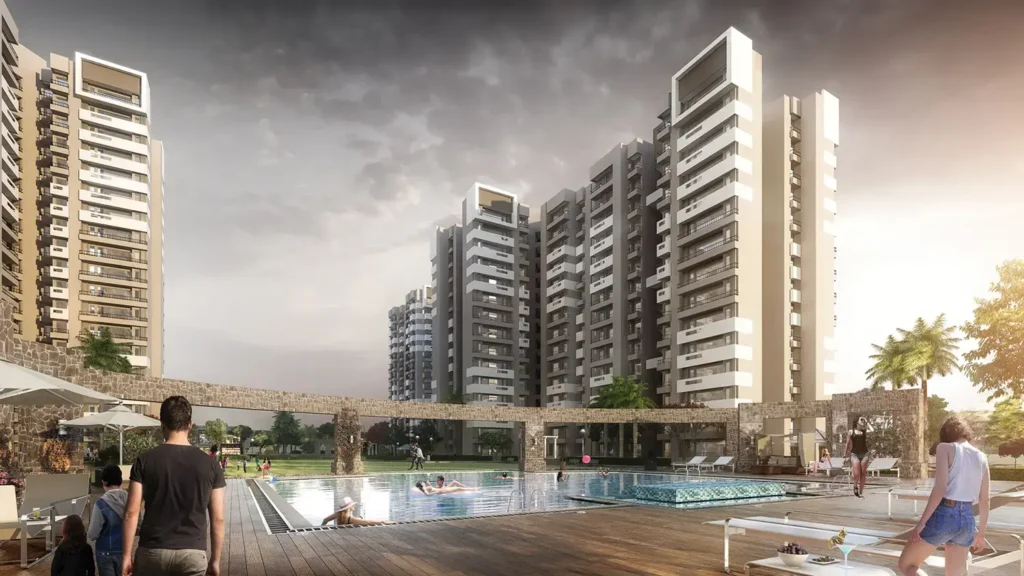

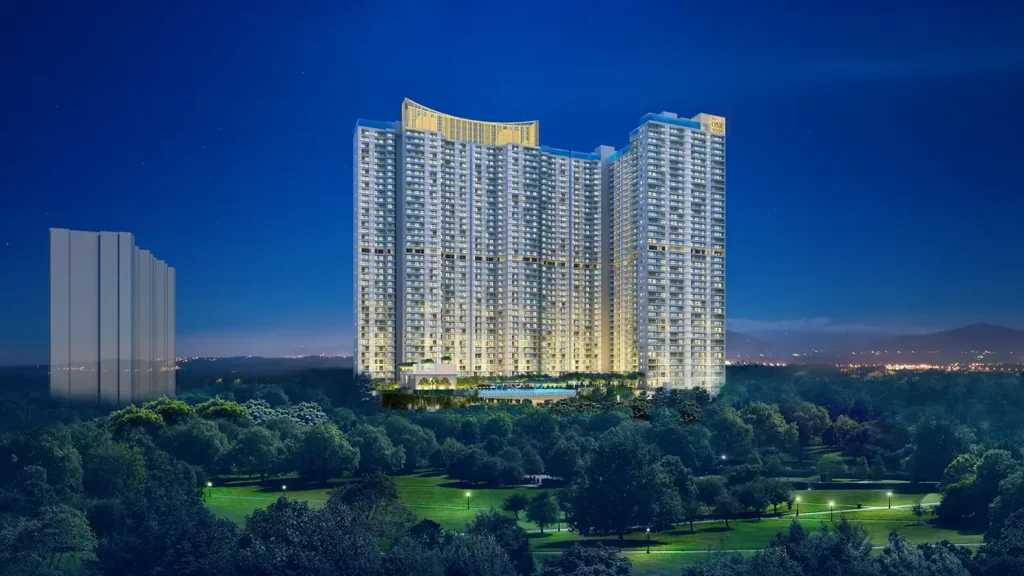

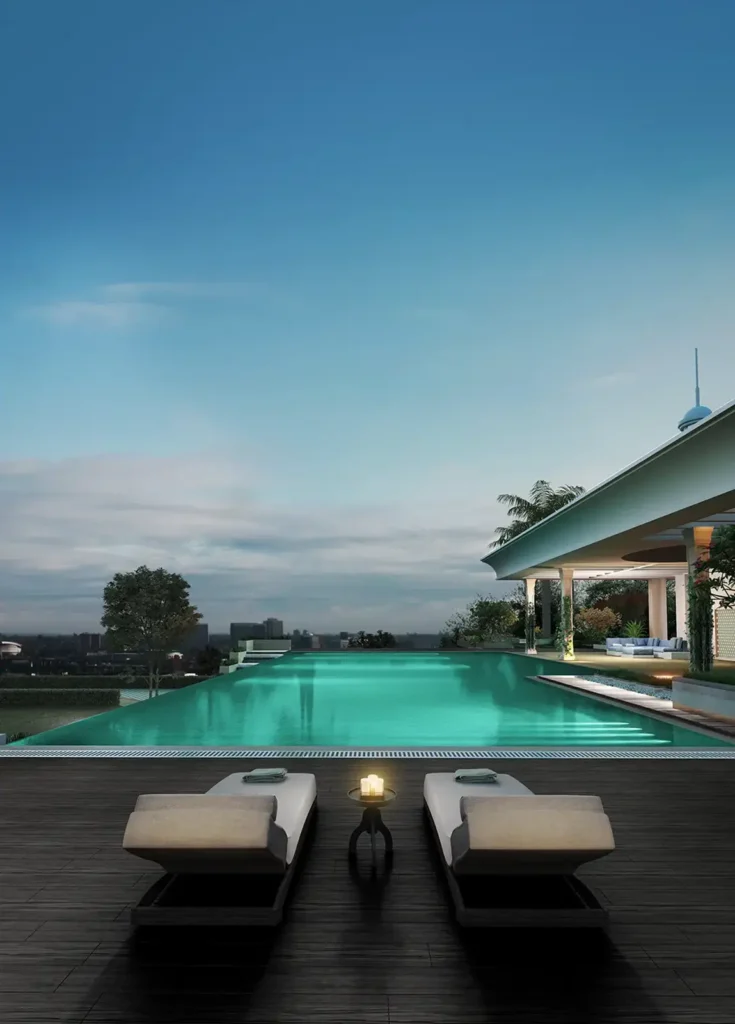

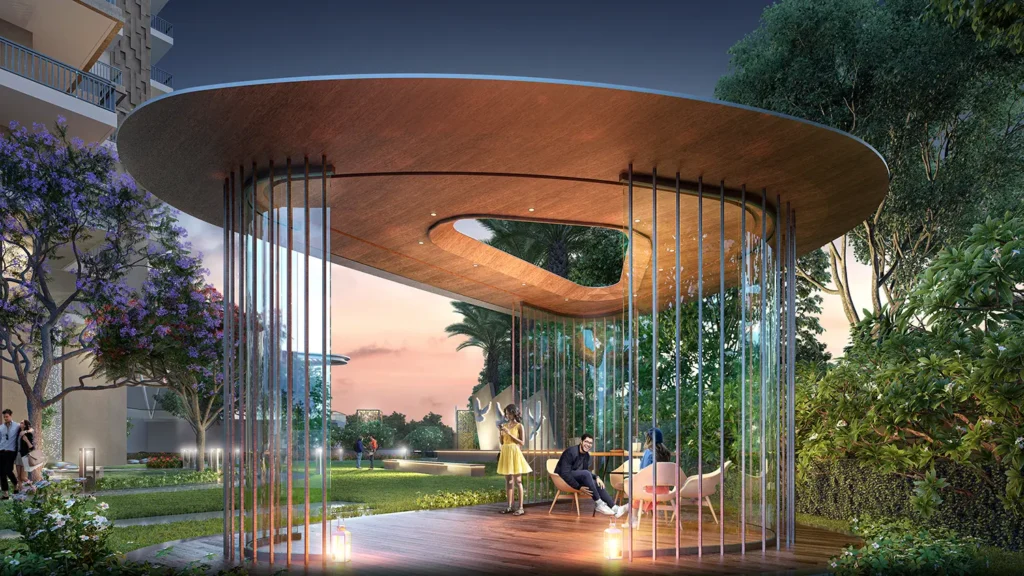

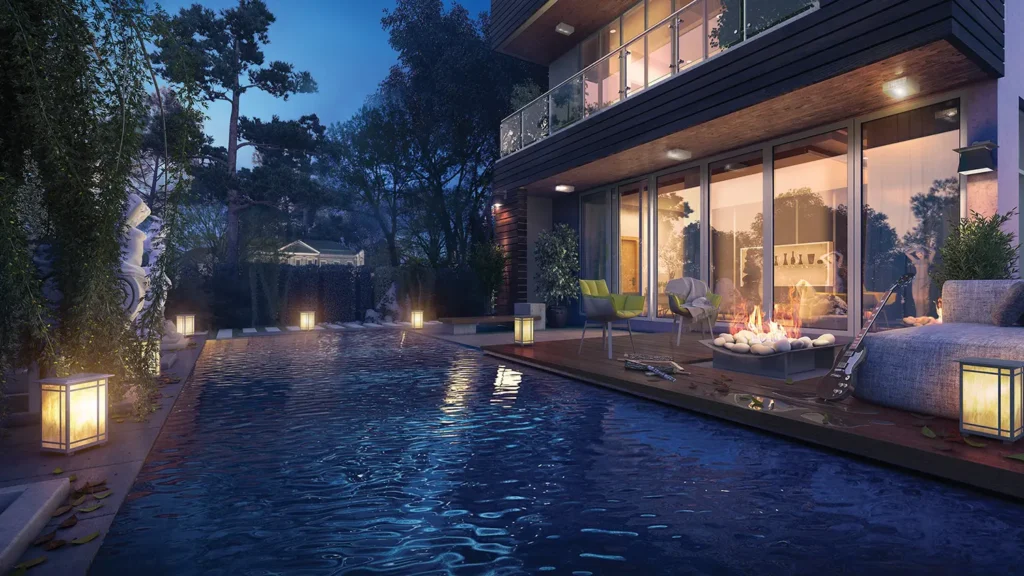

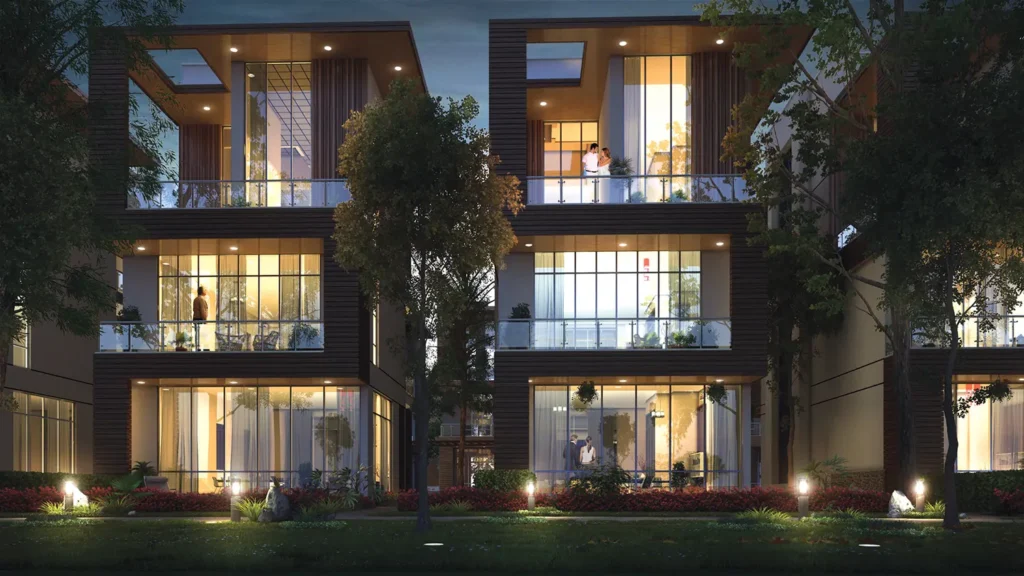

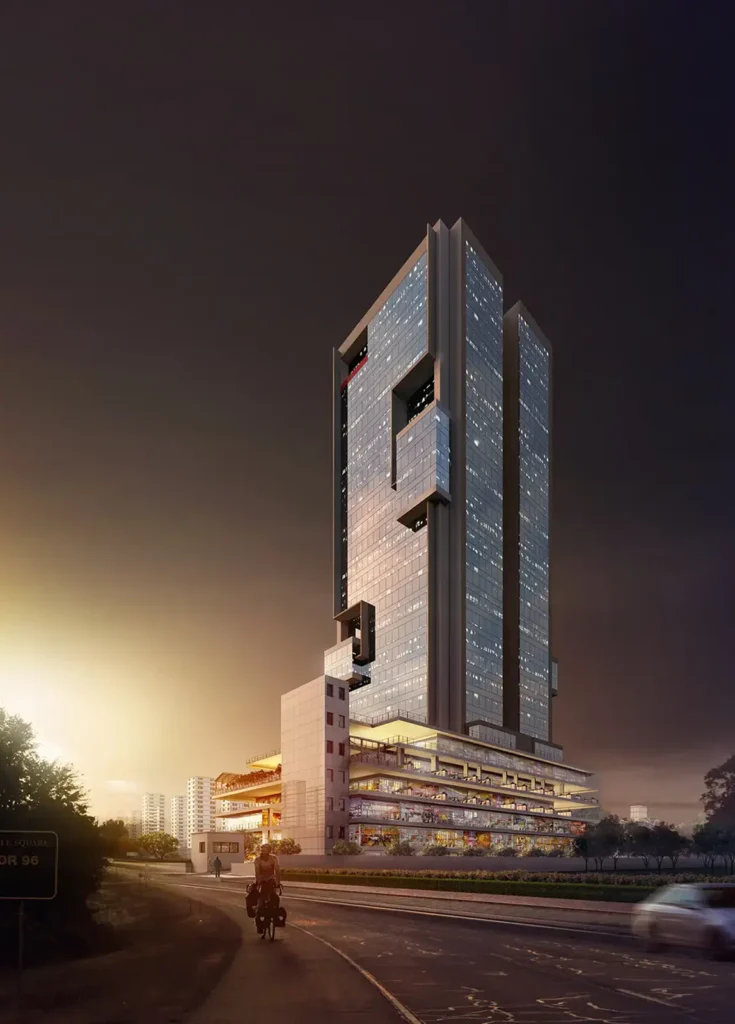

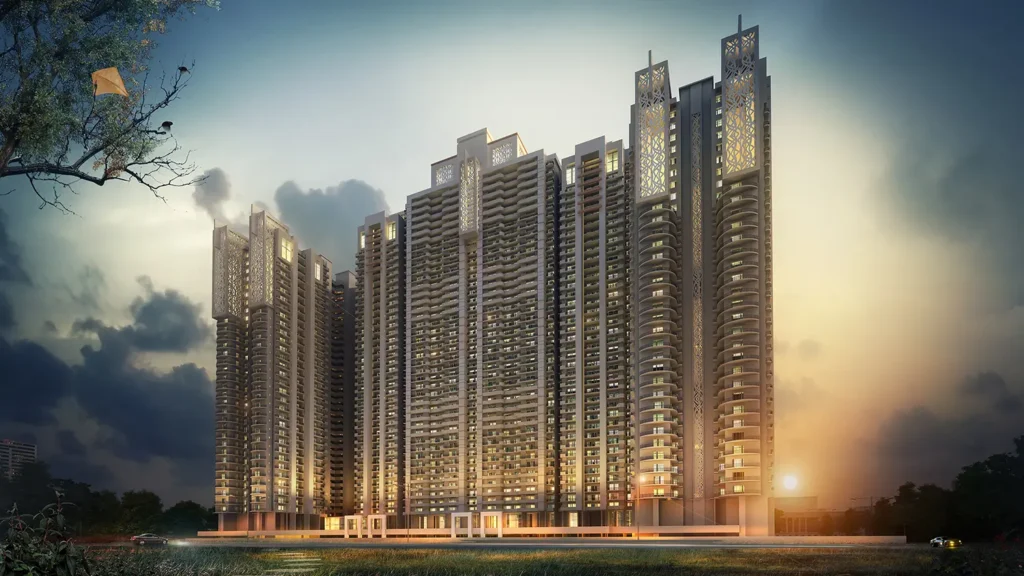

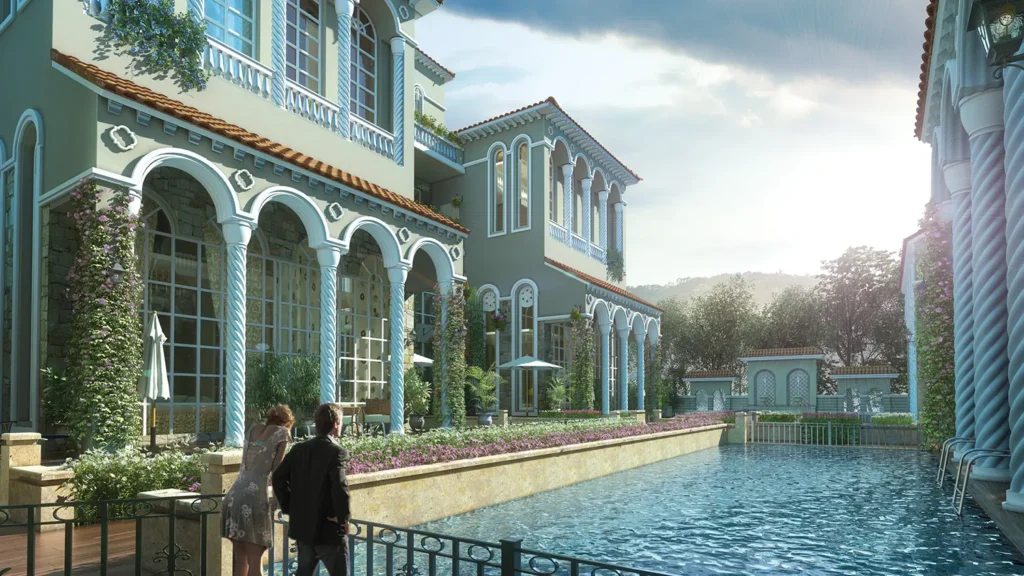

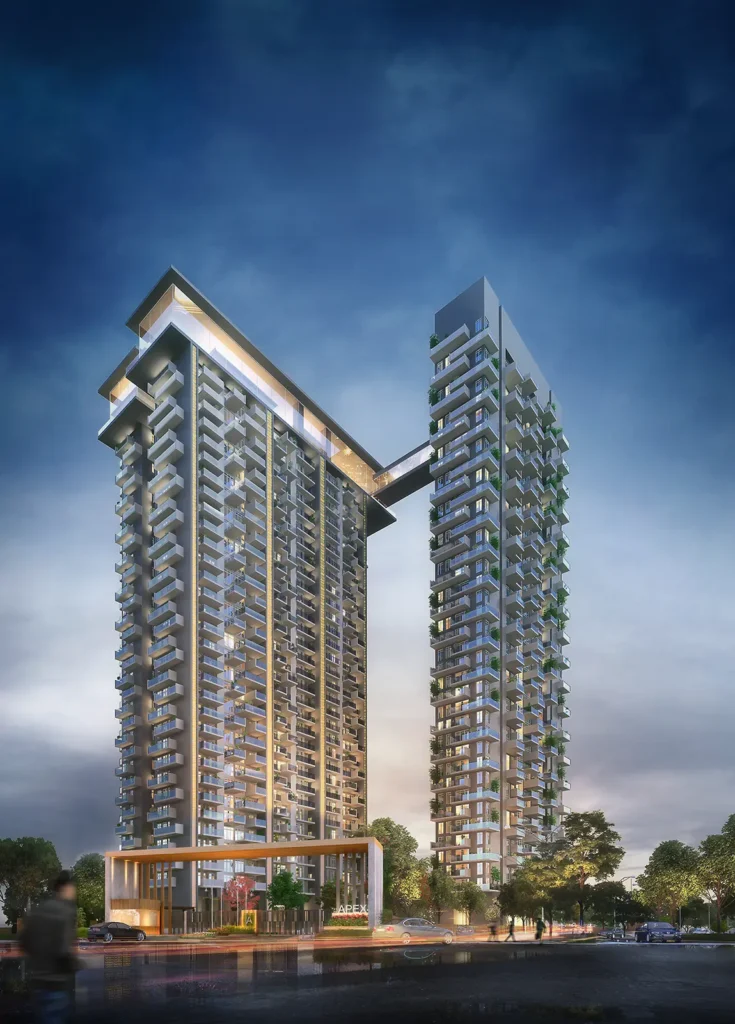

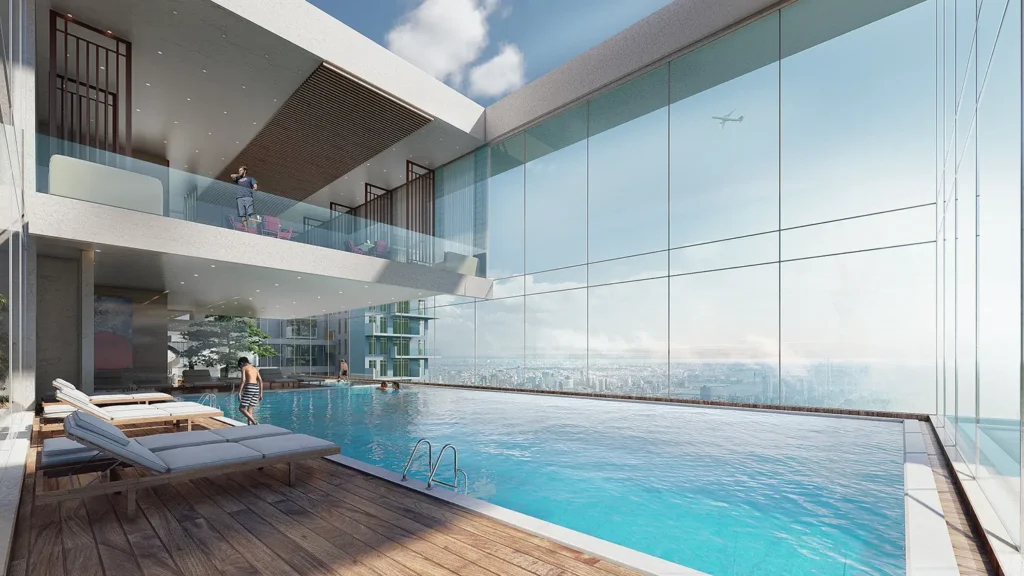

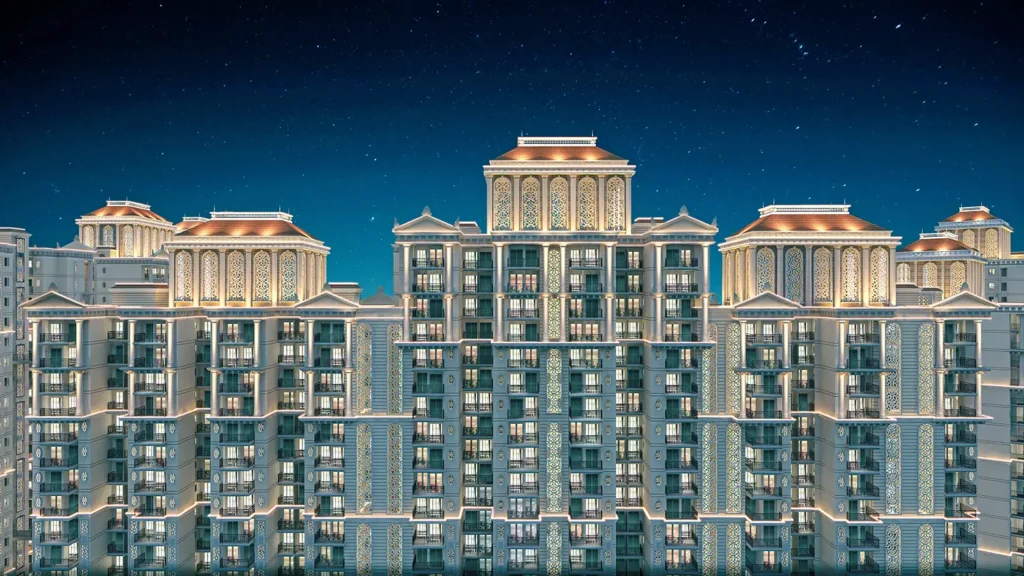

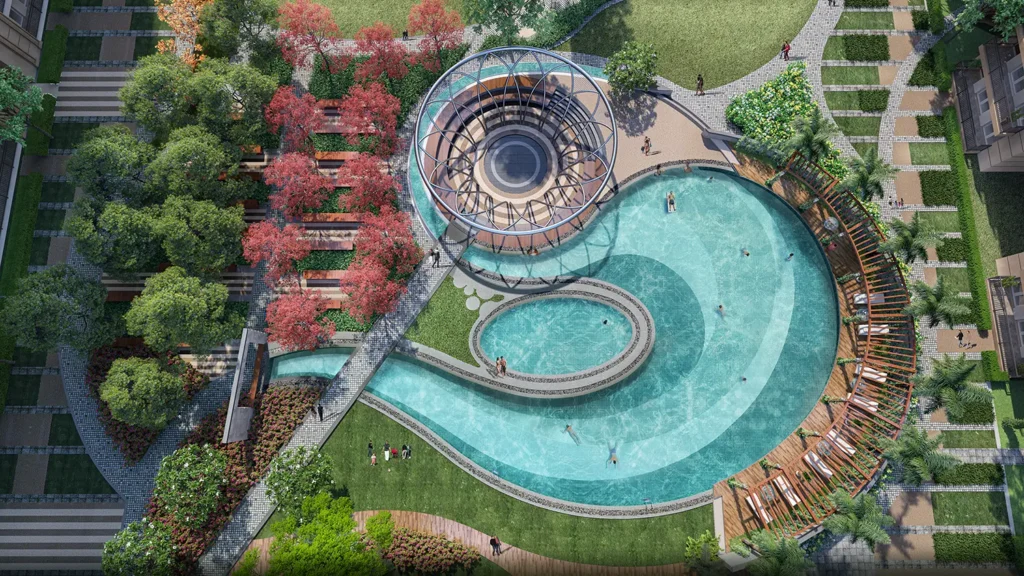

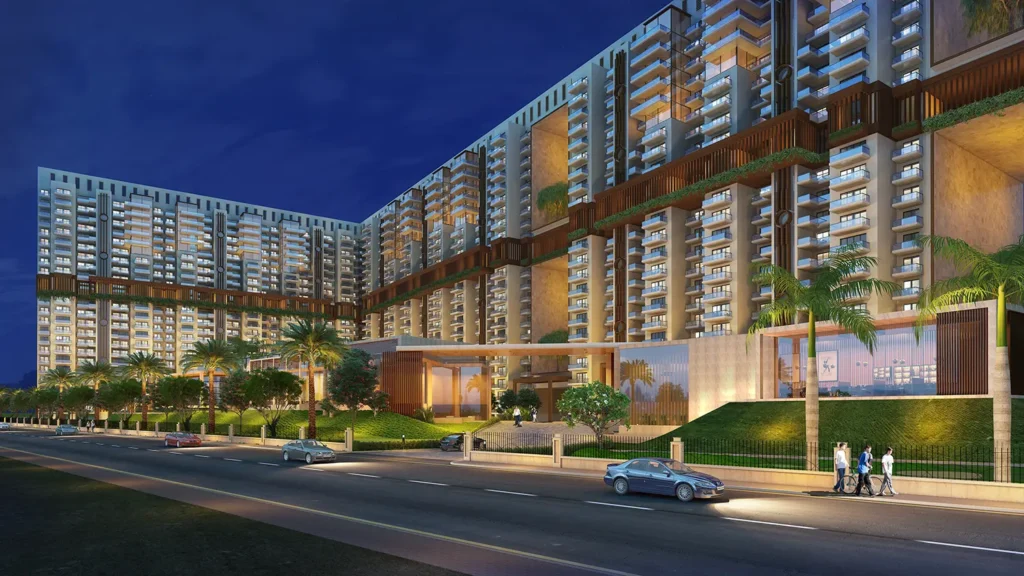

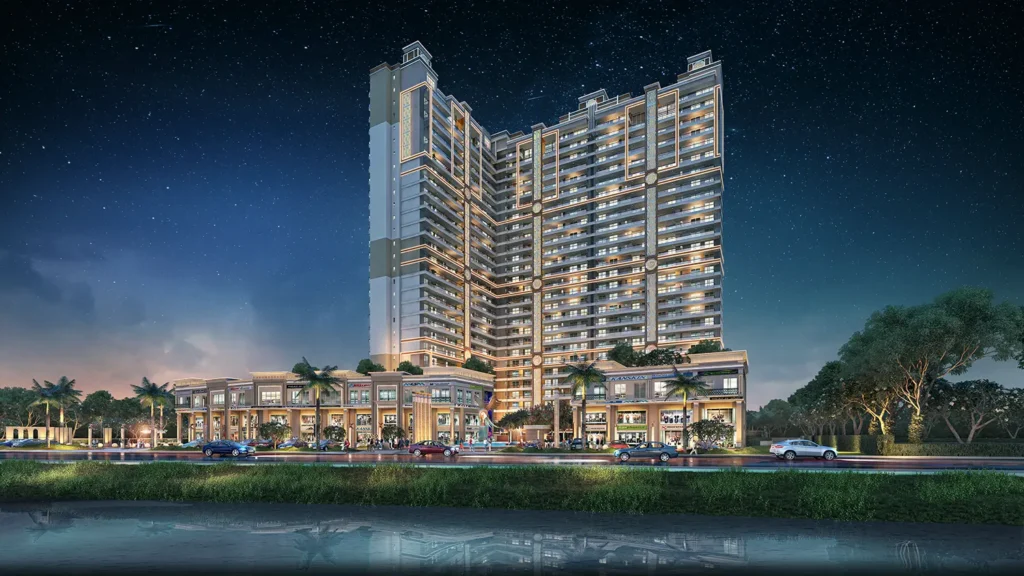

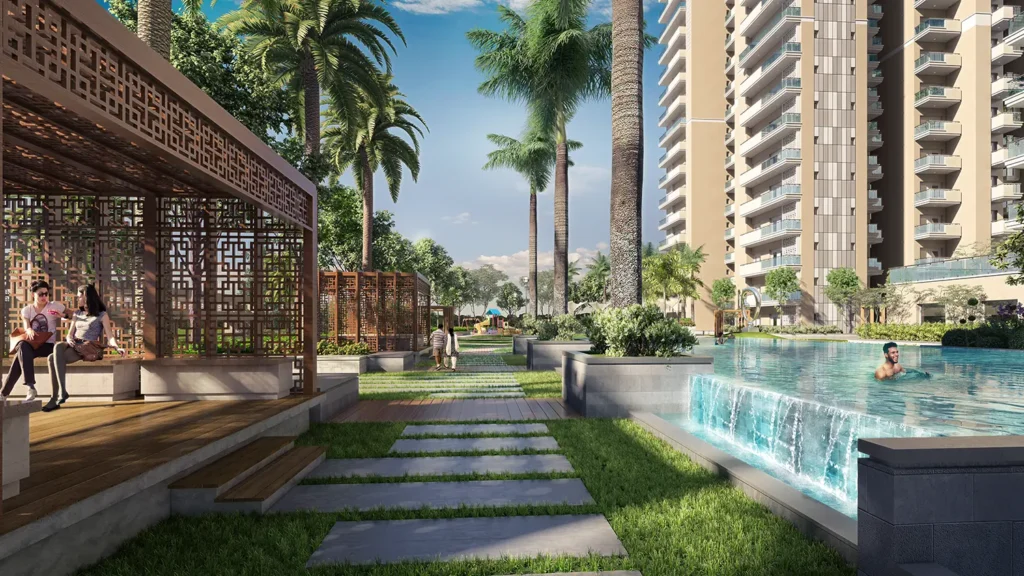

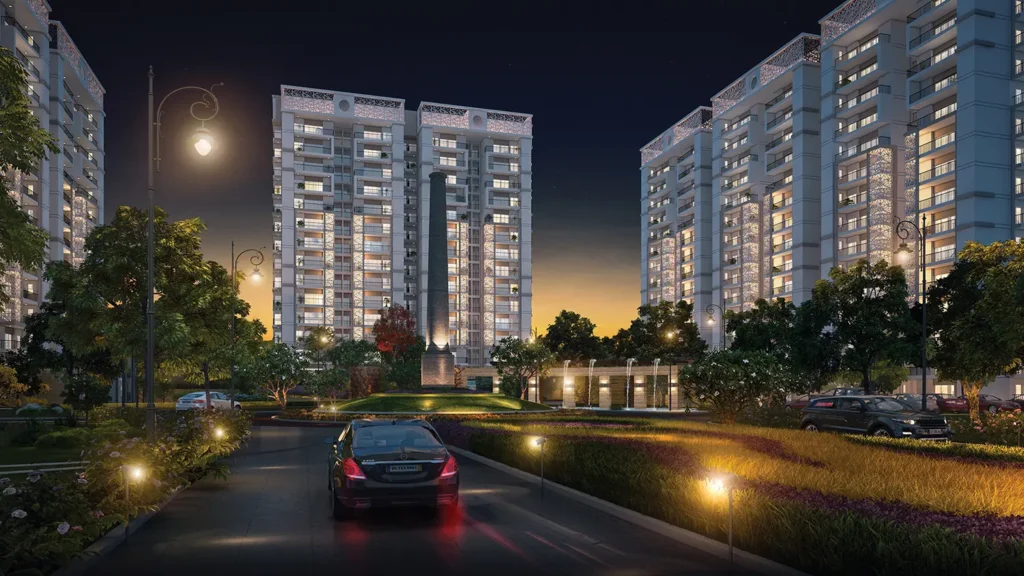

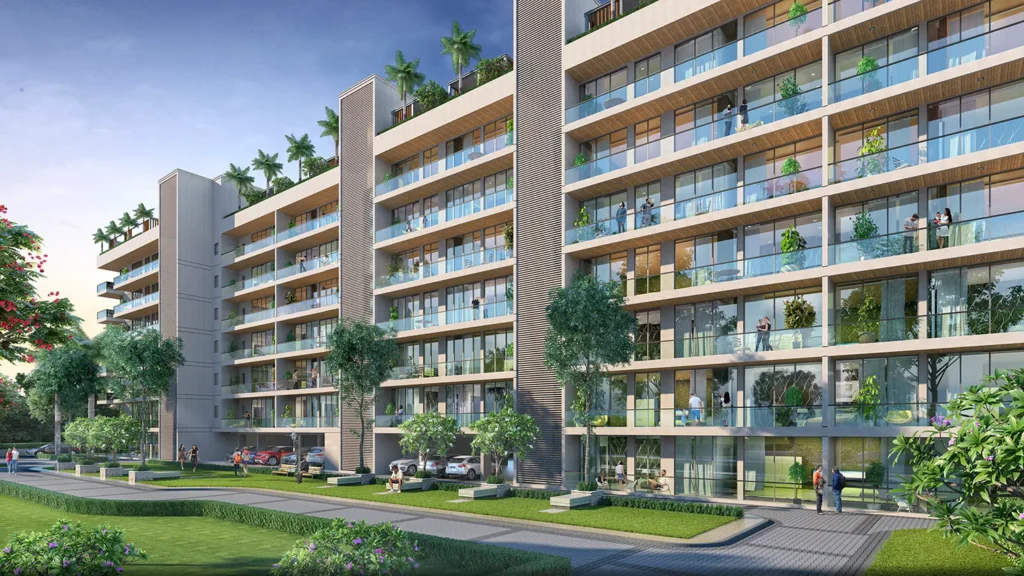

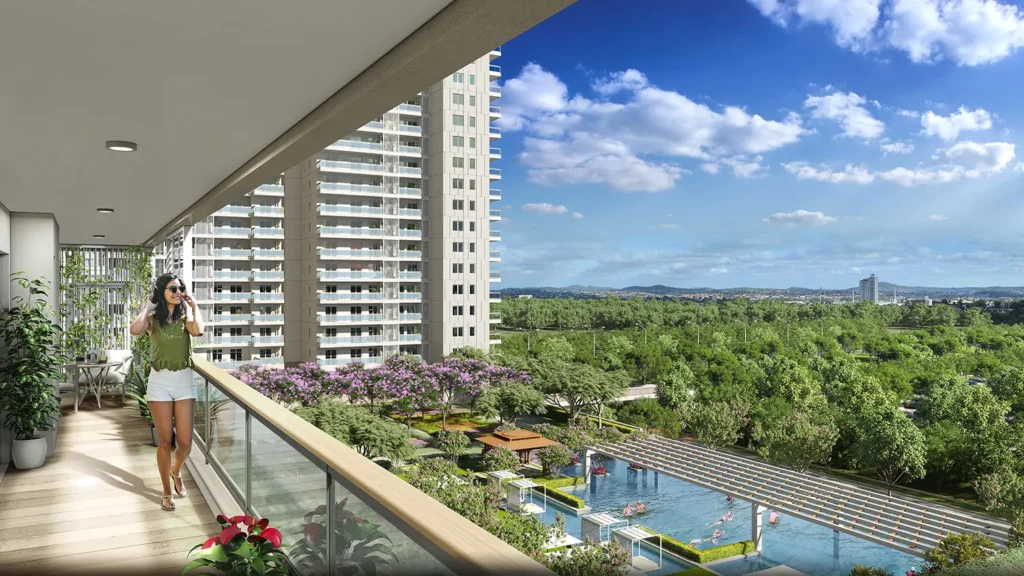

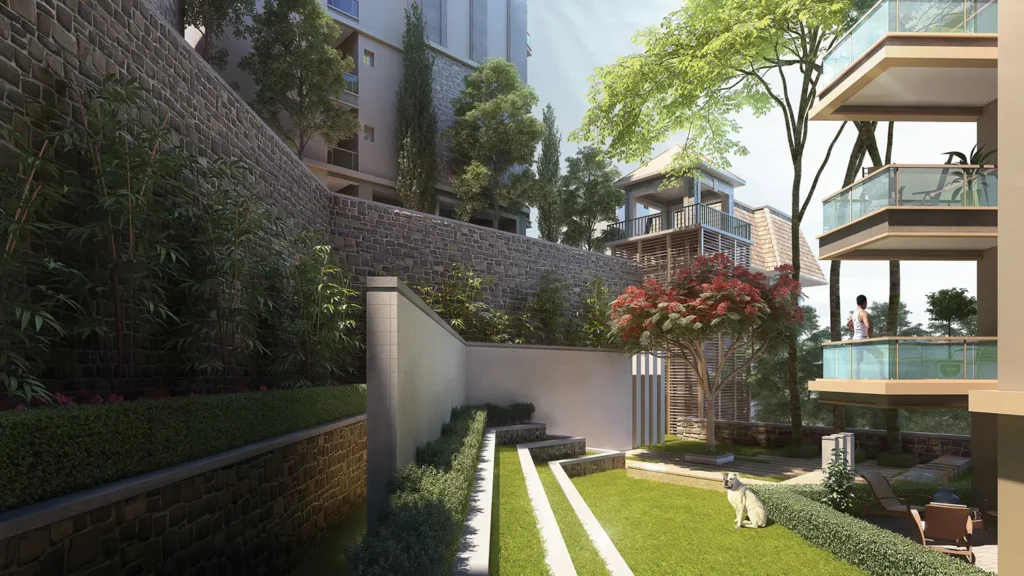

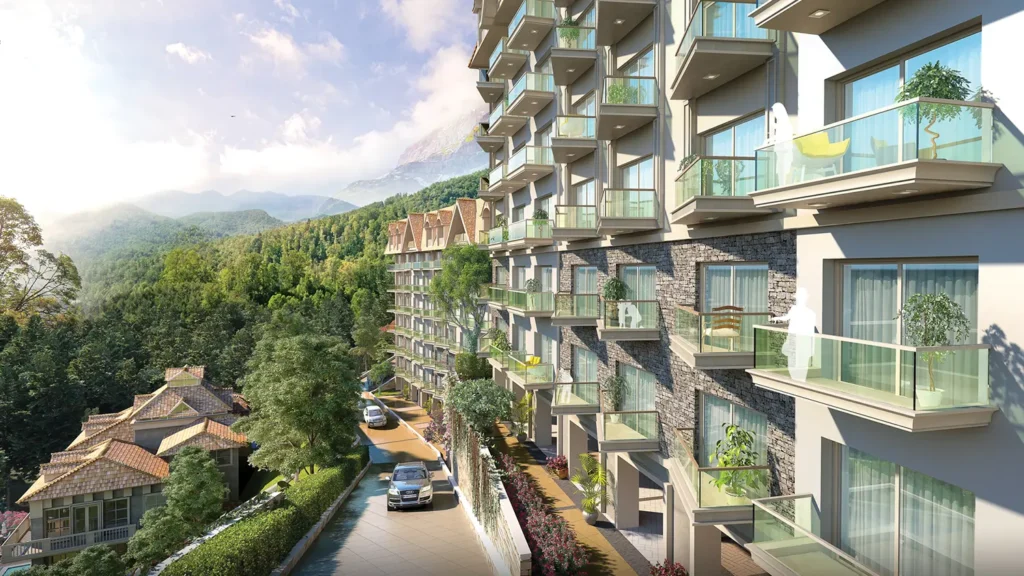

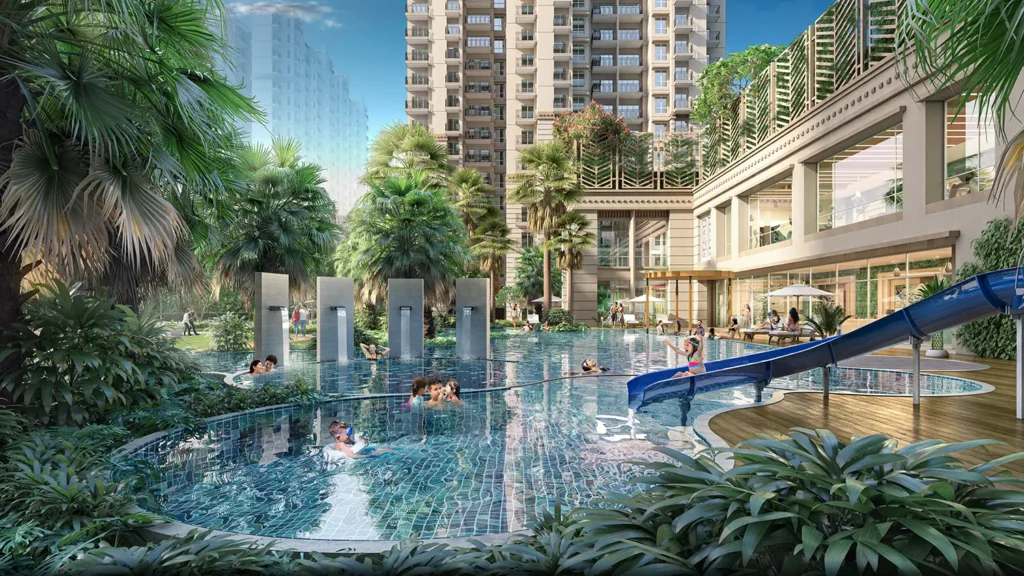

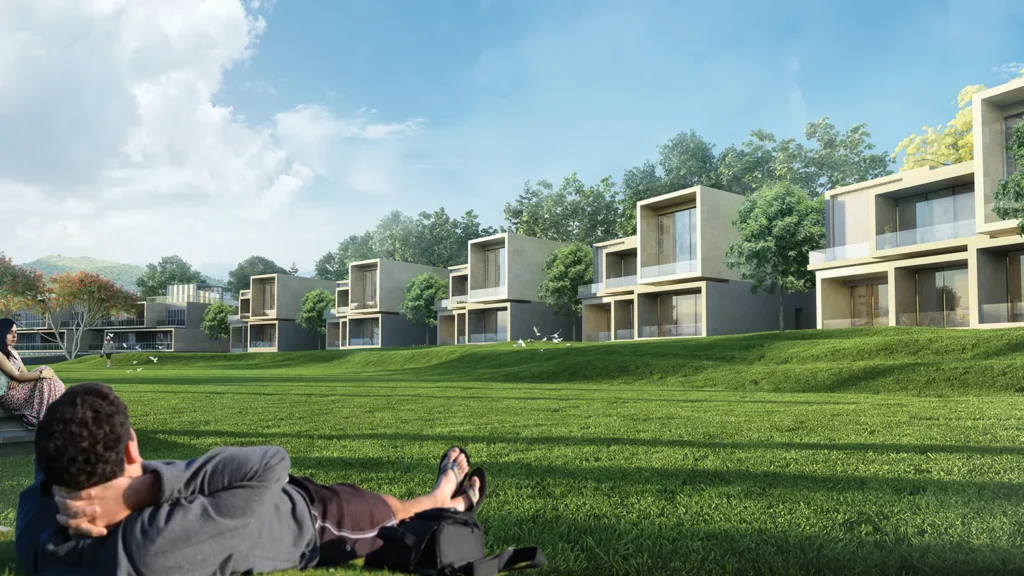

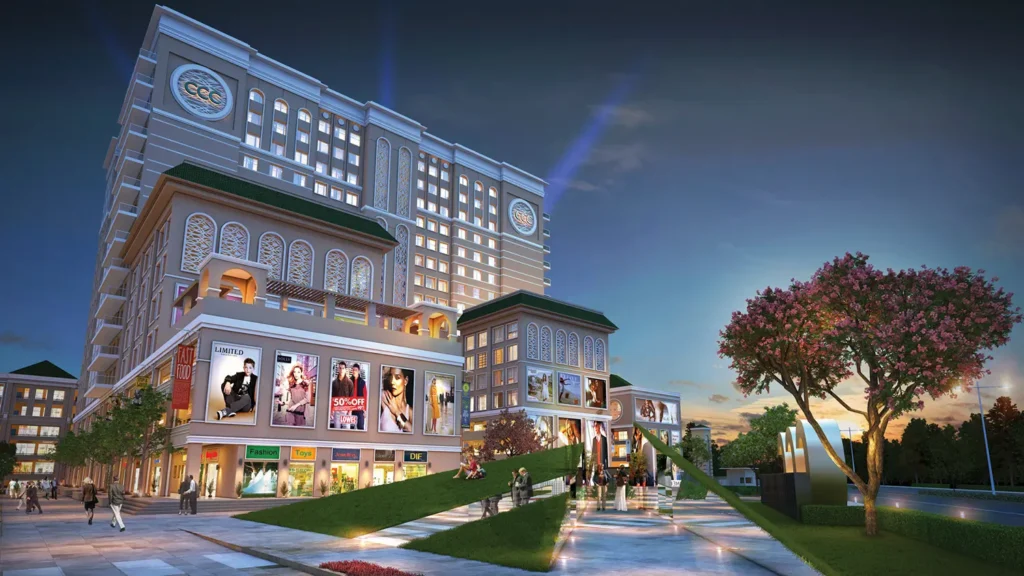

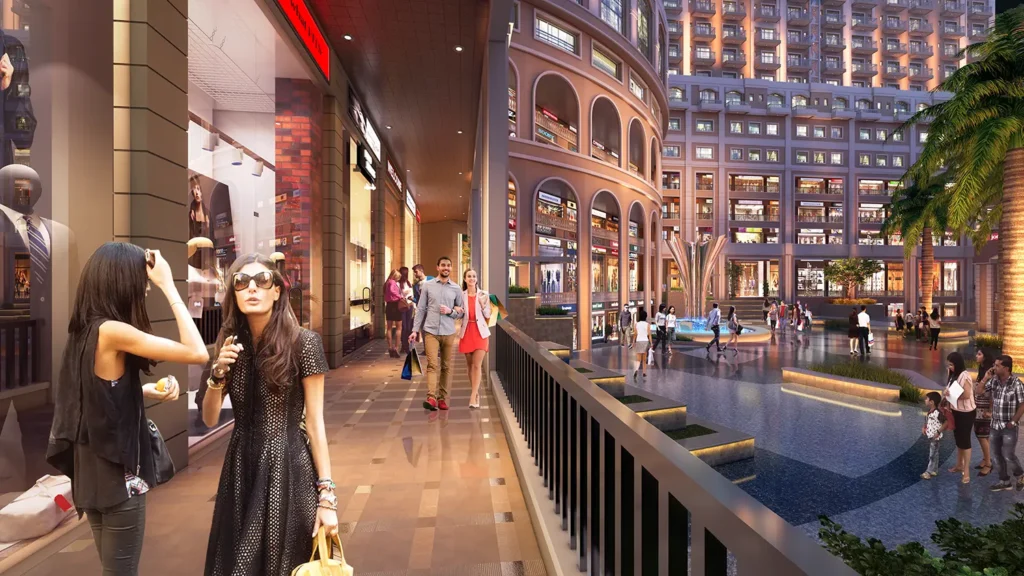

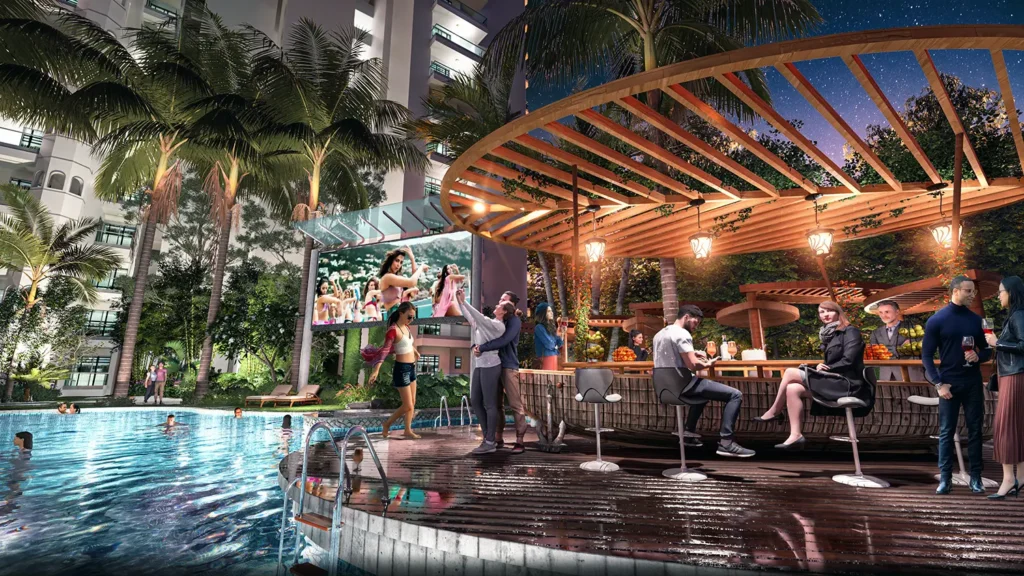

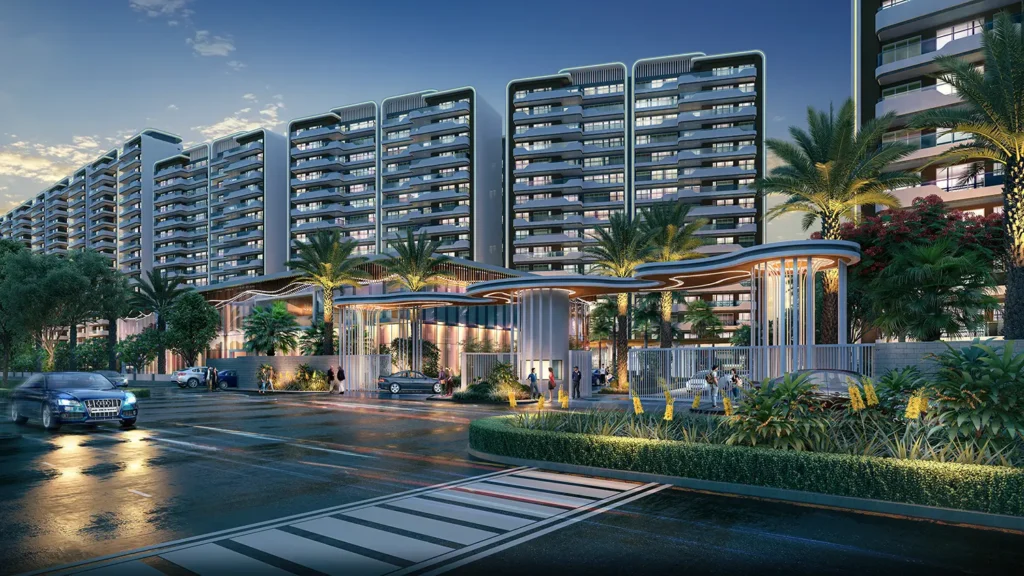

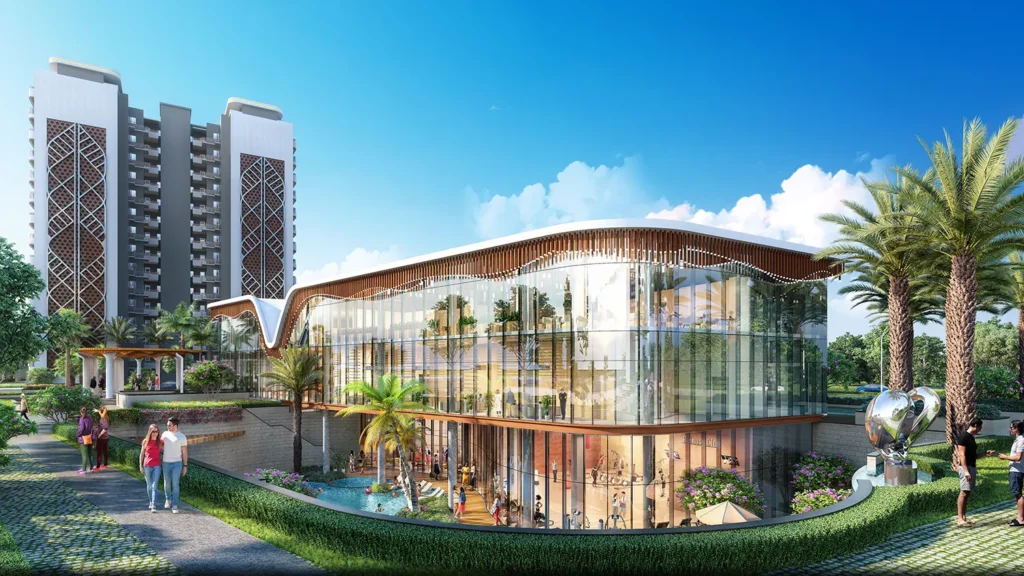



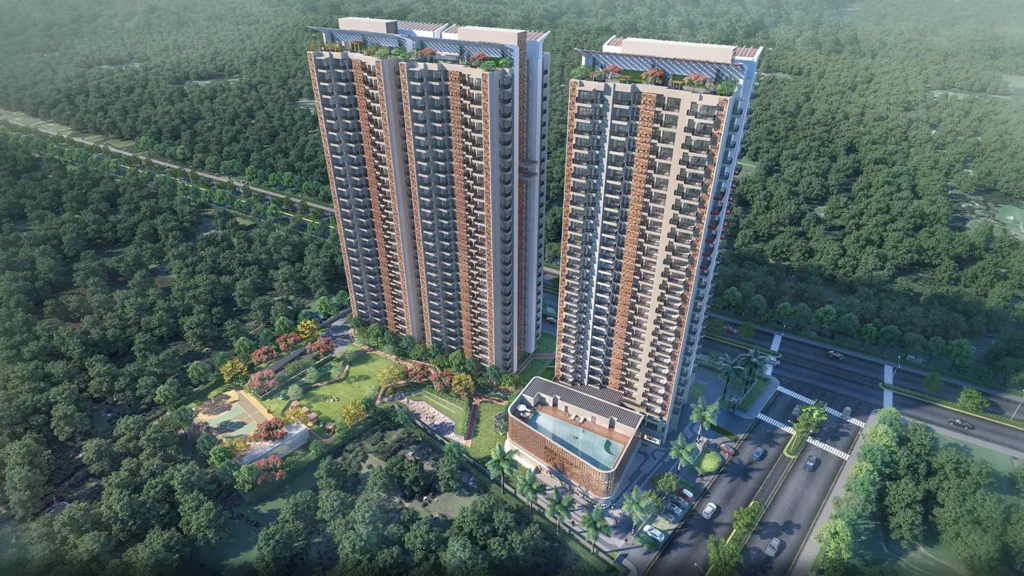

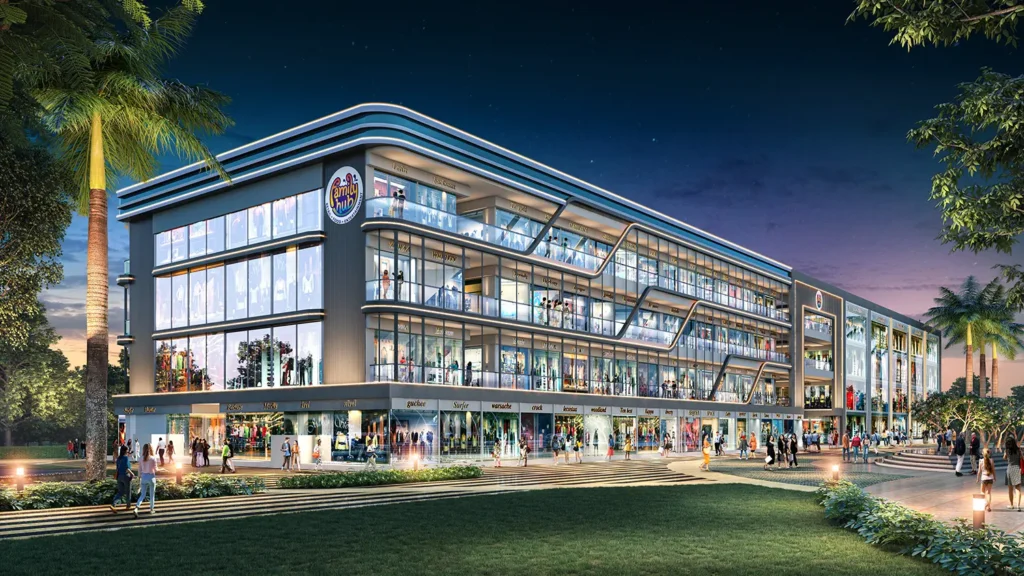

Understanding The Term 3D Exterior Rendering
Exterior rendering in architecture refers to the process of creating realistic, visually appealing images or animations that depict the exterior of a building or structure. It involves using specialized 3D rendering software to generate detailed representations of architectural designs, emphasizing elements such as materials, textures, lighting, and landscaping
- Detailed Modeling: Creating accurate 3D models of the building’s exterior, including architectural features, facade details, windows, doors, and landscaping elements.
- Material and Texture Application: Applying realistic textures and materials to surfaces such as brick, stone, wood, glass, and metal to convey their appearance and reflectivity accurately.
- Lighting and Shadows: Simulating natural and artificial lighting to create realistic shadows, highlights, and reflections, which enhance the depth and realism of the rendering.
- Contextual Integration: Placing the building within its environment, including surrounding structures, terrain, vegetation, and sky, to provide context and enhance visual impact.
- Rendering Techniques: Utilizing advanced rendering techniques such as global illumination, ambient occlusion, and HDR rendering to achieve photorealistic results.
Exterior rendering plays a crucial role in architectural visualization, allowing architects, designers, and clients to visualize and evaluate designs before construction begins. It facilitates effective communication, marketing, and decision-making throughout the project lifecycle.
What is Exterior Rendering
Exterior rendering in the context of architecture refers to the process of creating realistic, detailed visual representations of the exterior of a building or structure using 3D computer graphics software. It involves transforming architectural designs, typically in the form of 3D models, into lifelike images or animations that simulate how the building will look in its intended environment.
- Modeling: Creating accurate 3D models of the building’s exterior, including architectural elements, facade details, windows, doors, and landscaping features.
- Texturing: Applying textures and materials to surfaces to simulate materials such as concrete, brick, wood, glass, and metal realistically.
- Lighting: Simulating natural and artificial lighting to create shadows, reflections, and highlights that enhance the visual quality and realism of the rendering.
- Environment Integration: Incorporating the surrounding environment, such as terrain, vegetation, sky, and other buildings, to provide context and realism.
- Rendering Techniques: Using advanced rendering techniques to achieve photorealistic results, including global illumination, ambient occlusion, and high dynamic range imaging (HDRI).
Exterior rendering is essential in architectural visualization for design development, client presentations, marketing materials, and obtaining approvals from stakeholders before construction begins.
Types of Exterior Rendering
Exterior rendering in architecture encompasses various types, each serving different purposes and emphasizing different aspects of the building’s design and context
- Photorealistic Rendering: This type aims to achieve a highly realistic depiction of the exterior, using advanced lighting, texturing, and rendering techniques to mimic real-world conditions accurately. It is often used for marketing purposes and client presentations.
- Conceptual Rendering: These renderings focus more on conveying the design concept and overall aesthetic rather than photorealism. They may have a stylized or artistic interpretation to highlight design features and spatial relationships.
- Aerial or Bird’s Eye View Rendering: These renderings provide a top-down perspective of the building and its surroundings, showing its relationship to the site and neighboring structures. They are useful for urban planning, site analysis, and showcasing large-scale developments.
- Elevation Rendering: Elevation renderings show the facade of the building from different viewpoints, emphasizing architectural details, materials, and textures. They are commonly used for design review and approval processes.
- Seasonal or Weather Rendering: These renderings depict the building in different seasons or weather conditions, showing how the design adapts to varying environmental factors.
Each type of exterior rendering serves specific needs in the architectural design process, from initial concept development to marketing and presentation stages.
Benefits of Exterior Rendering
Exterior rendering offers several benefits in architecture and construction, enhancing visualization, communication, and decision-making processes:
- Visualization: It provides a realistic preview of how the building will look in its environment, helping clients and stakeholders visualize the design concept and make informed decisions.
- Design Evaluation: Architects and designers can assess the aesthetics, proportions, and materials of the exterior before construction begins, identifying potential design flaws or improvements.
- Marketing and Sales: High-quality renderings enhance marketing efforts by showcasing the building’s features and attracting potential buyers or investors through visually compelling presentations.
- Client Engagement: Clients can better understand and appreciate the proposed design through immersive and detailed renderings, leading to more confident decision-making and project approvals.
- Cost and Time Efficiency: By identifying design issues early, exterior rendering helps minimize costly changes during construction. It also streamlines approvals and reduces project timelines by improving communication and alignment among stakeholders.
Overall, exterior rendering plays a crucial role in project development, from initial design phases to marketing and execution, fostering better outcomes and client satisfaction.
Factors That Affect Exterior Rendering Quality
Several factors influence the quality of exterior rendering in architecture
- Modeling Accuracy: The precision and detail of the 3D model impact realism. Accurate representation of architectural elements, textures, and proportions is essential.
- Texturing and Materials: High-quality textures and realistic material properties (e.g., reflectivity, roughness) enhance visual fidelity. Proper application of materials such as concrete, brick, glass, and metal adds realism.
- Lighting and Shadows: Effective use of lighting techniques (e.g., natural sunlight, artificial lighting) creates depth and realism. Realistic shadows, highlights, and reflections contribute significantly to the rendering’s quality.
- Rendering Engine: The choice of rendering software and engine (e.g., V-Ray, Corona Renderer, Unreal Engine) affects the final output. Each engine offers different capabilities for lighting, materials, and post-processing effects.
- Environment and Context: Integration of the surrounding environment (e.g., landscape, sky, neighboring buildings) adds realism and context to the rendering.
- Rendering Settings: Proper configuration of rendering settings such as resolution, sampling rates, and anti-aliasing ensures smooth and high-quality output.
By addressing these factors thoughtfully, architects and designers can achieve realistic and visually compelling exterior renderings that effectively communicate design intent and enhance project presentations.
Techniques for Achieving Realistic Exterior Rendering
Achieving realistic exterior rendering requires a combination of technical skills and artistic techniques to simulate real-world conditions effectively
- Accurate 3D Modeling: Begin with precise modeling of the building, incorporating architectural details, proportions, and site context. Pay attention to scale and realism.
- High-Quality Texturing: Apply realistic textures to surfaces using high-resolution images and bump maps to simulate imperfections and details like grain, rust, or weathering.
- Advanced Lighting: Utilize natural lighting simulation with tools like global illumination and HDR images. Adjust light intensity, color temperature, and shadows to mimic real-world conditions accurately.
- Detail in Materials: Define material properties such as reflectivity, roughness, and translucency. Adjust settings based on the type of material (e.g., matte paint, glossy glass) to achieve believable surface characteristics.
- Contextual Integration: Incorporate surroundings such as landscaping, environment textures, and atmospheric effects (e.g., fog, haze) to enhance realism and blend the building seamlessly into its environment.
- Post-Processing: Apply subtle adjustments in post-processing, including color correction, depth of field, and lens effects, to enhance the final image’s realism and visual impact.
By mastering these techniques and tools within rendering software like V-Ray, Corona Renderer, or Unreal Engine, architects can create compelling and lifelike exterior renderings that effectively communicate their design vision.
Applications of Exterior Rendering
Exterior rendering finds wide-ranging applications across various industries, primarily in architecture, real estate development, urban planning, and marketing
- Architectural Visualization: Architects use exterior rendering to present design concepts to clients, stakeholders, and regulatory authorities. It helps visualize the building’s appearance, materials, and integration with the surrounding environment.
- Real Estate Marketing: Developers and real estate agents utilize renderings to showcase properties to potential buyers. Photorealistic images or animations highlight architectural features, amenities, and landscaping, enticing prospective clients.
- Urban Planning: City planners employ rendering to visualize proposed developments within urban landscapes. This aids in evaluating the impact on the cityscape, traffic flow, and environmental considerations.
- Design Review and Approval: Government bodies and planning authorities use renderings to assess proposed architectural designs, ensuring compliance with building codes, zoning regulations, and aesthetic guidelines.
- Historical Reconstruction: Renderings are employed to recreate historical buildings or sites, providing insights into their original appearance and aiding in conservation efforts.
Overall, exterior rendering serves as a crucial tool in visual communication, decision-making, and marketing strategies across these diverse fields.
Why to choose Replica Visuals for Exterior Rendering
Choosing Replica Visuals for exterior rendering offers several compelling reasons based on their expertise, capabilities, and service offerings:
- Specialization in Architectural Visualization: Replica Visuals focuses exclusively on architectural rendering, ensuring deep expertise and understanding of the industry’s unique requirements.
- Proven Track Record: They have a strong portfolio showcasing a range of successful projects, demonstrating their ability to deliver high-quality, photorealistic renderings that meet client expectations.
- Advanced Technology and Tools: Utilizing state-of-the-art rendering software and techniques, Replica Visuals can create detailed and realistic visualizations that accurately represent architectural designs.
- Customization and Flexibility: They offer tailored solutions to meet specific project needs, whether it involves unique design challenges, branding requirements, or specific client preferences.
- Commitment to Client Satisfaction: Replica Visuals prioritizes clear communication, collaboration, and responsiveness throughout the rendering process, ensuring a smooth and positive client experience.
- Industry Reputation: With a reputation for reliability, professionalism, and creativity, Replica Visuals stands out as a trusted partner in delivering compelling exterior renderings that enhance project presentations and marketing efforts.
Replica Visuals not just provide Exterior Rendering Services in Delhi but also they provide Best Interior Rendering Services in Delhi and Best 3D walk through services in Delhi also vist our Linkedin Page – Replica Visuals for more Information